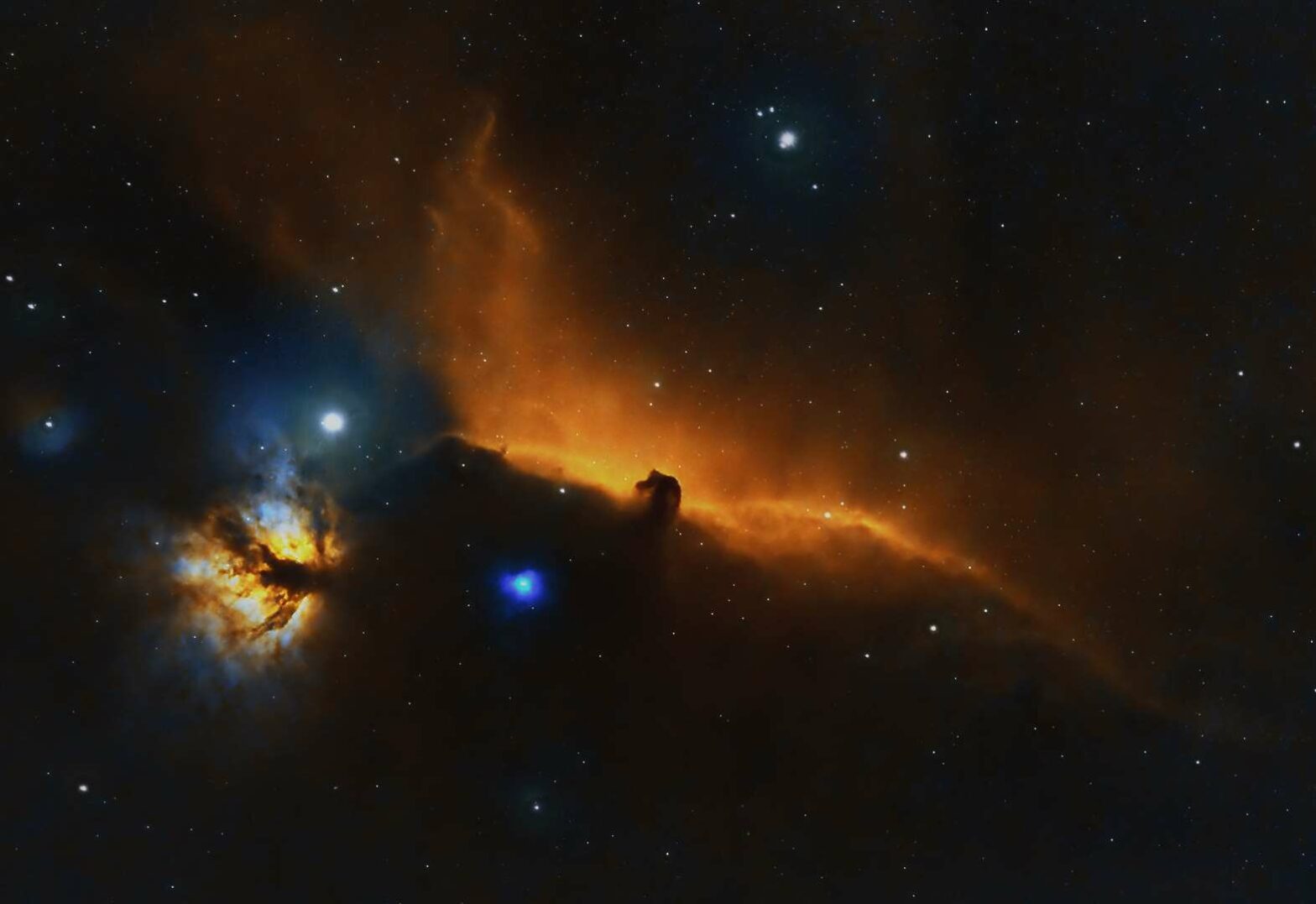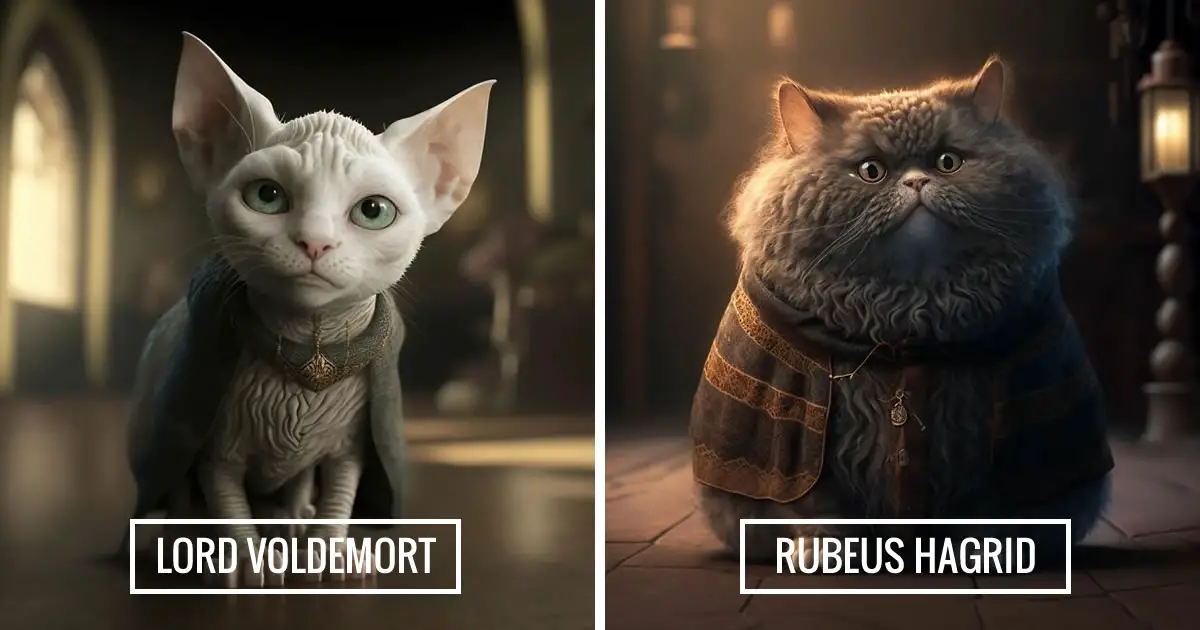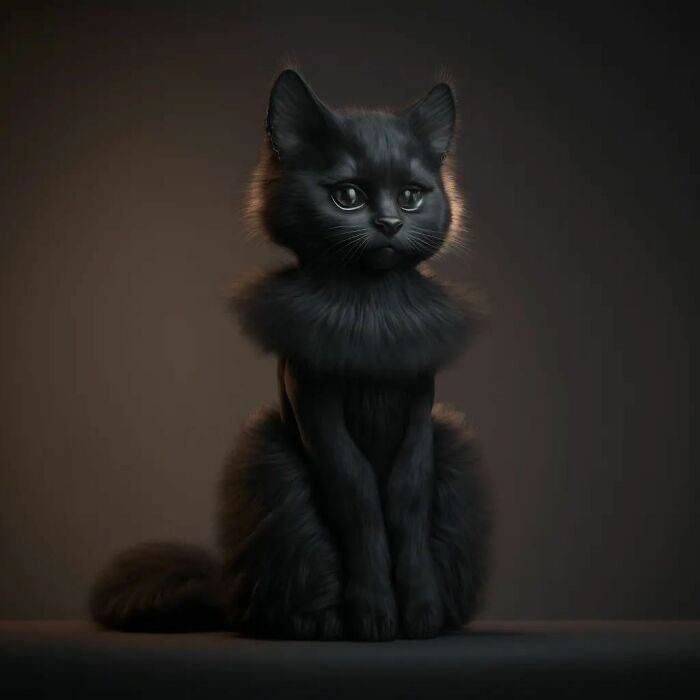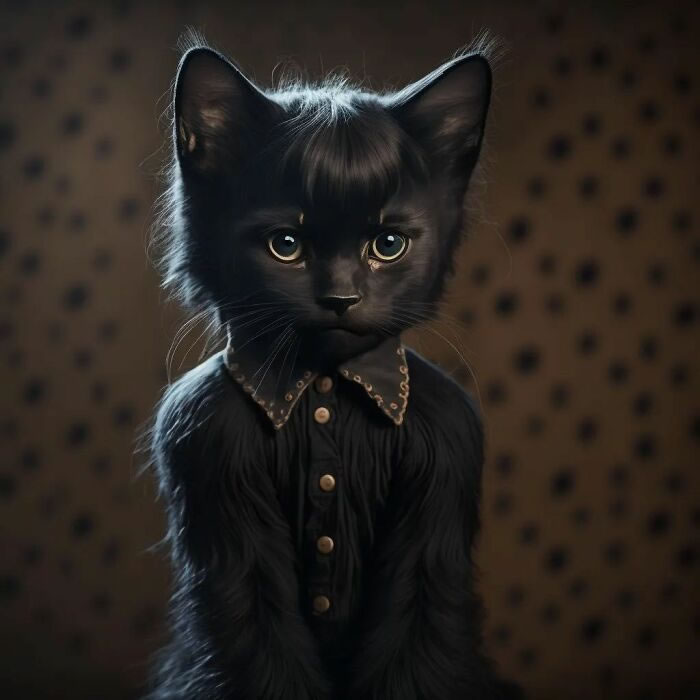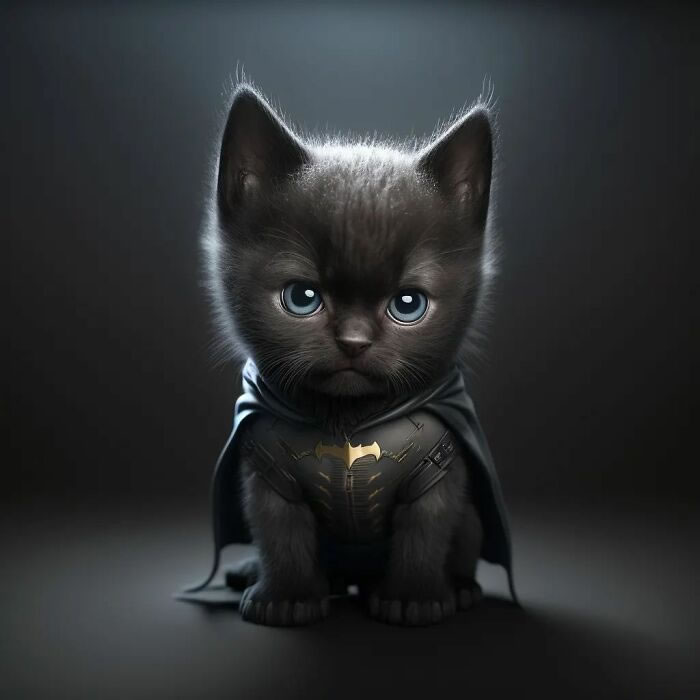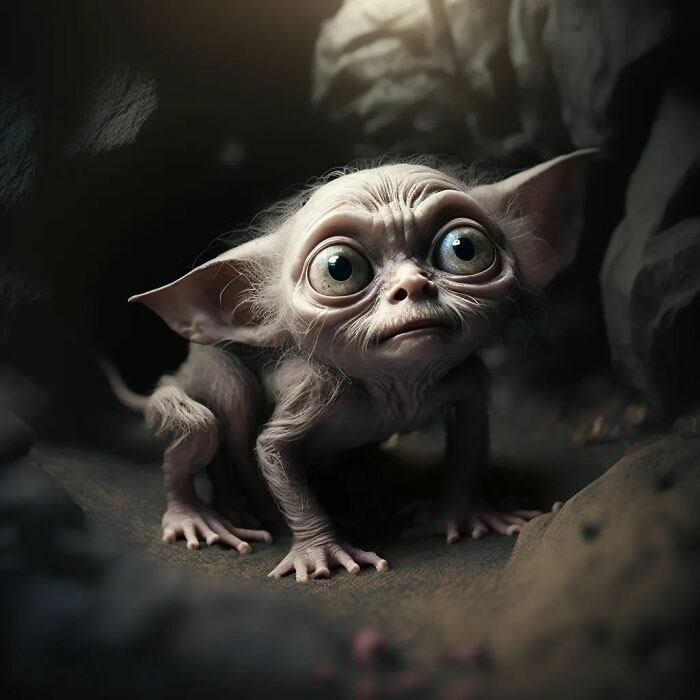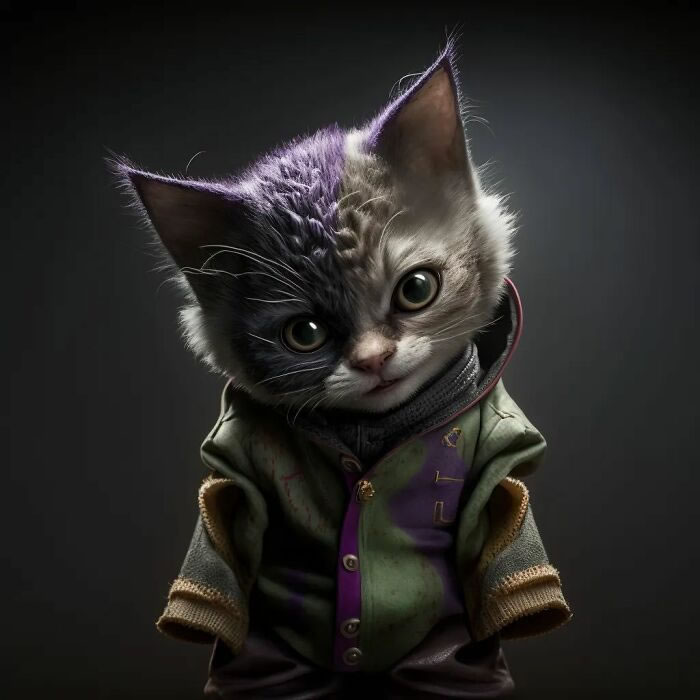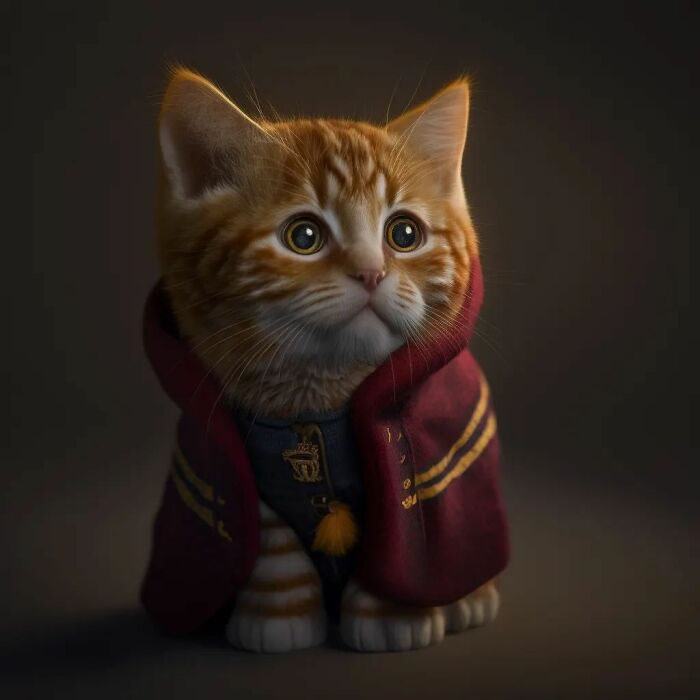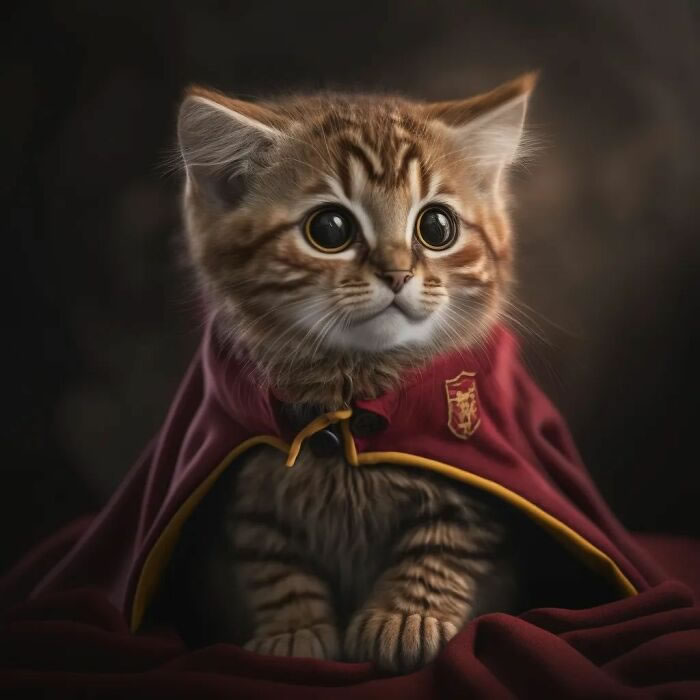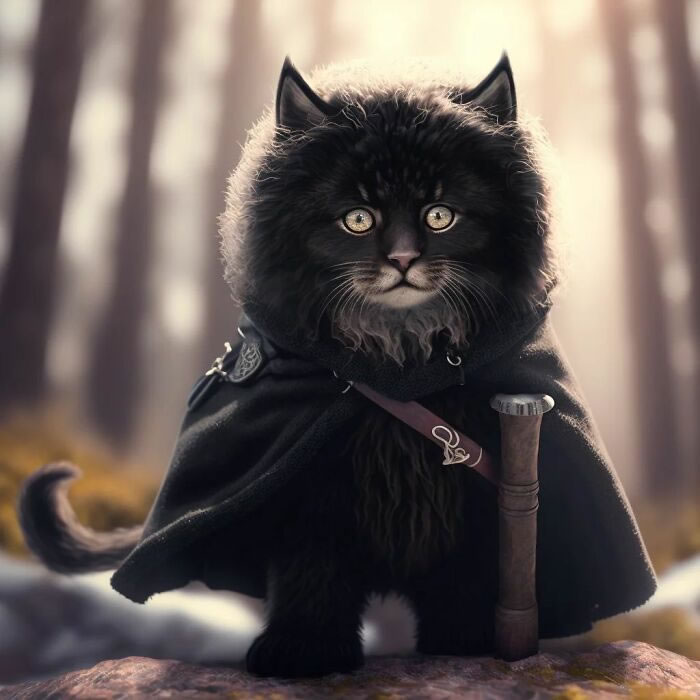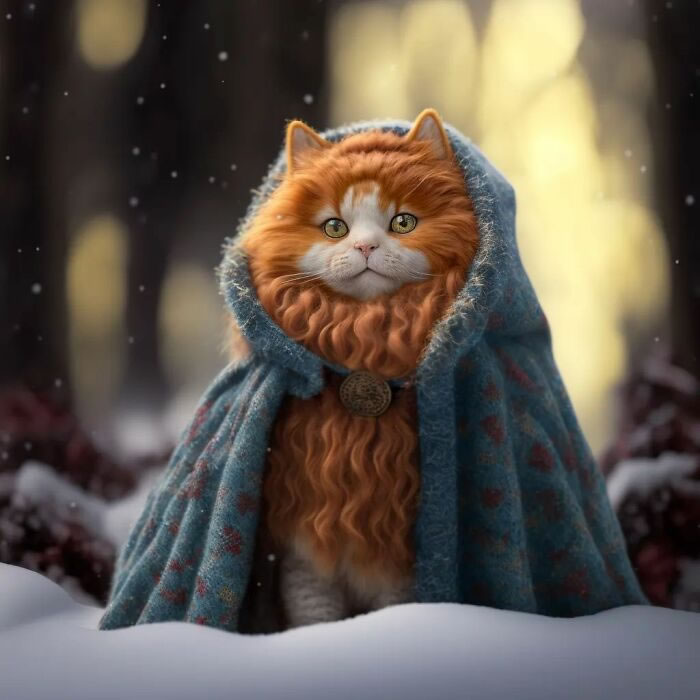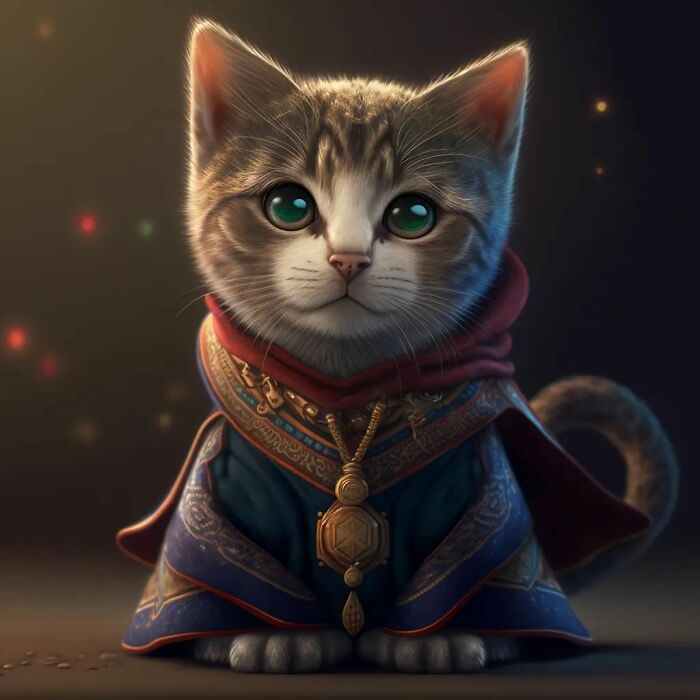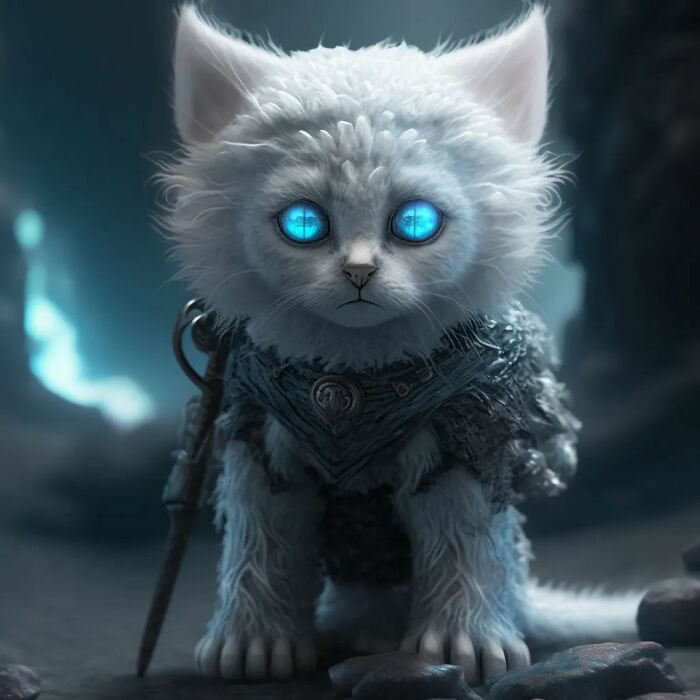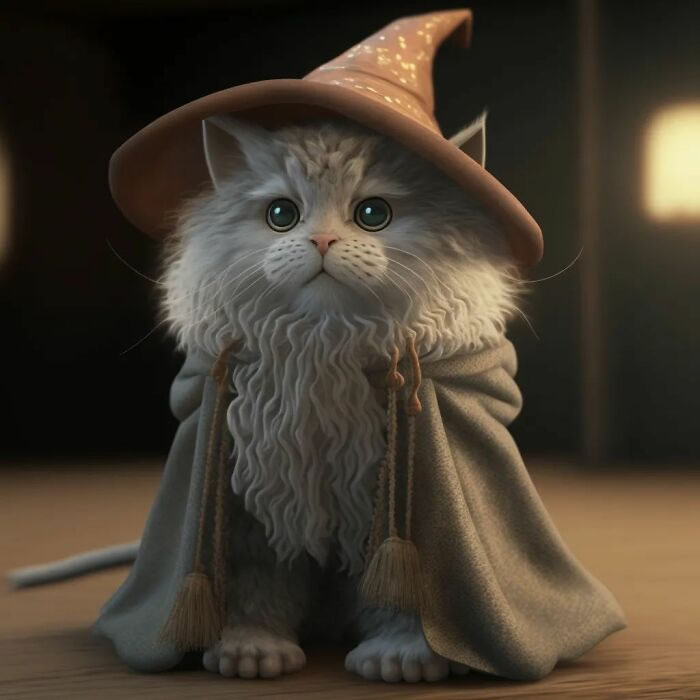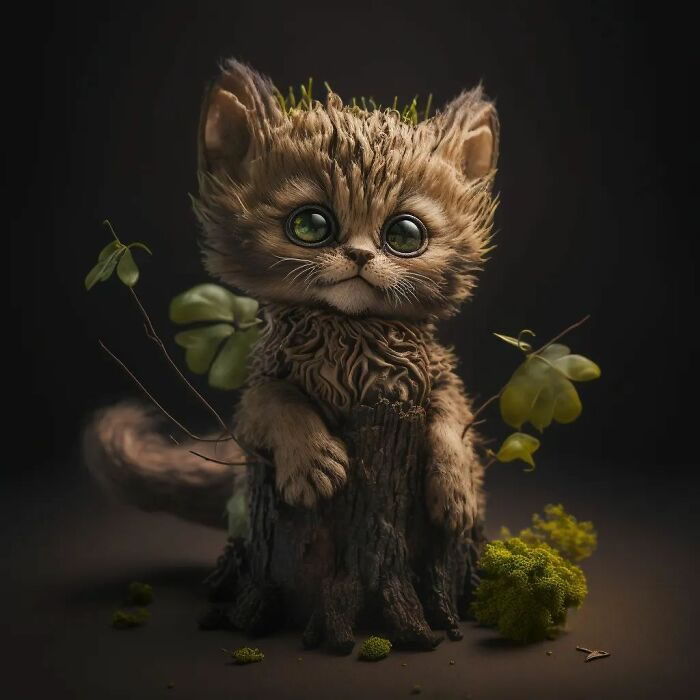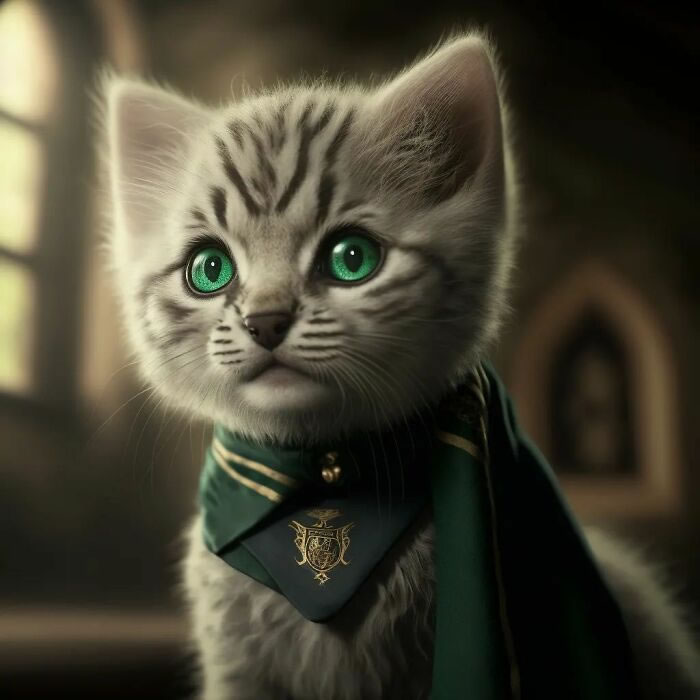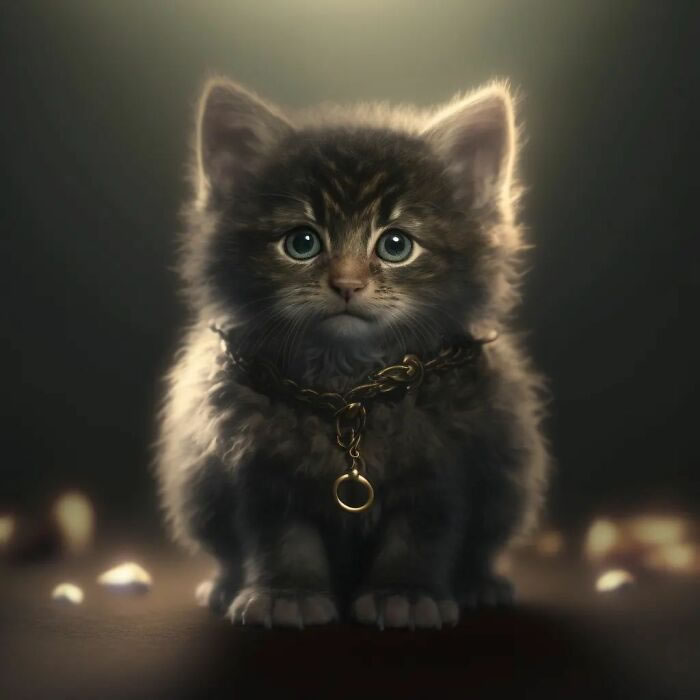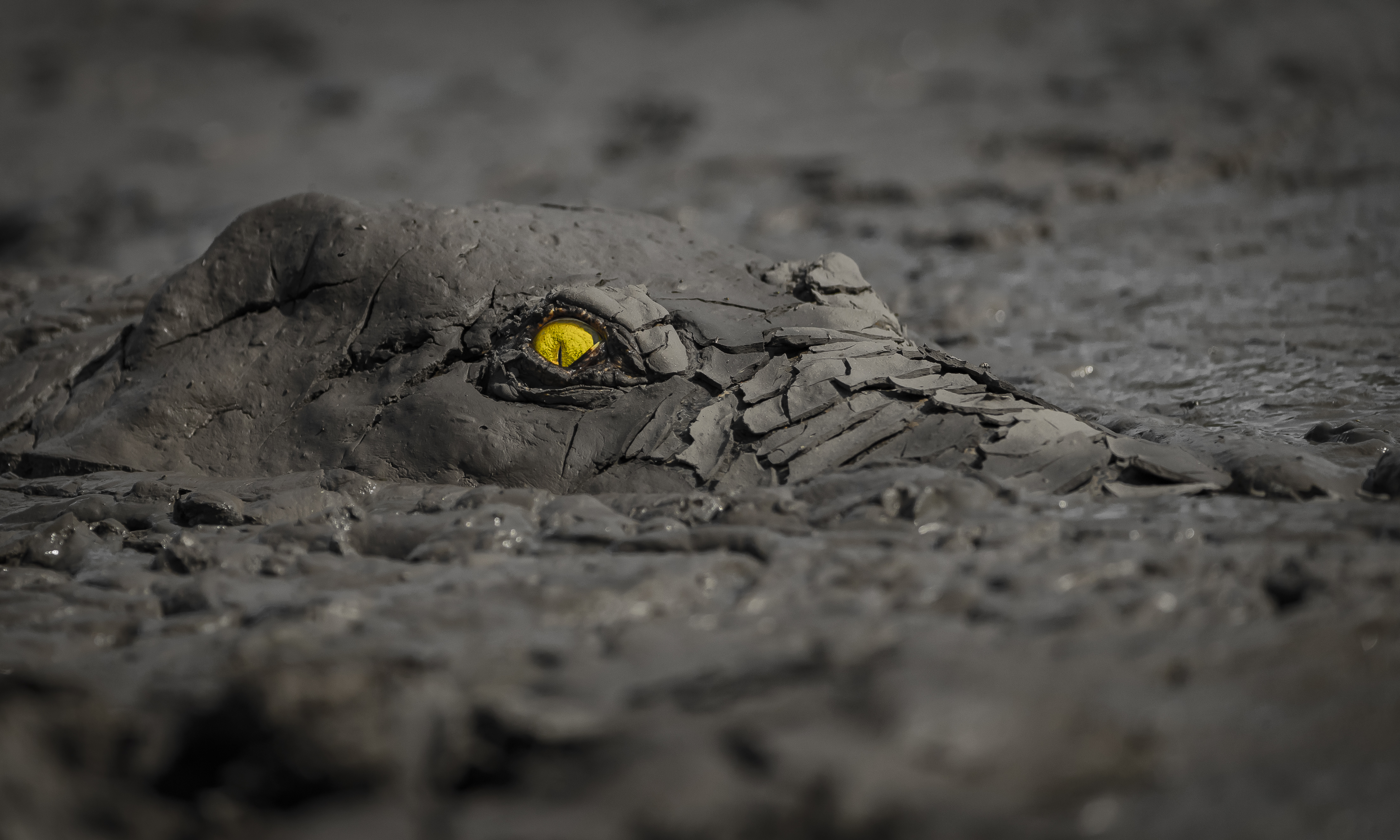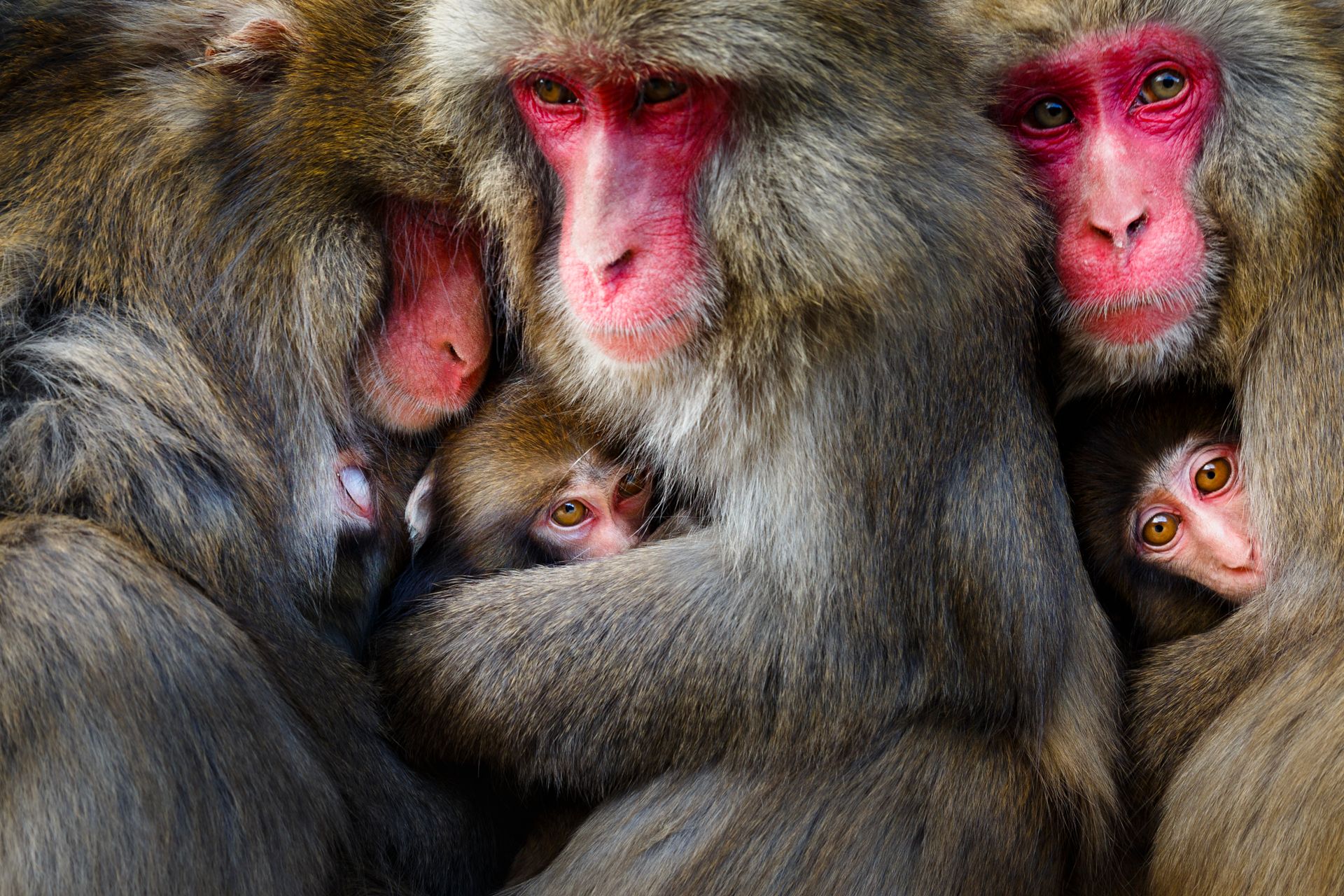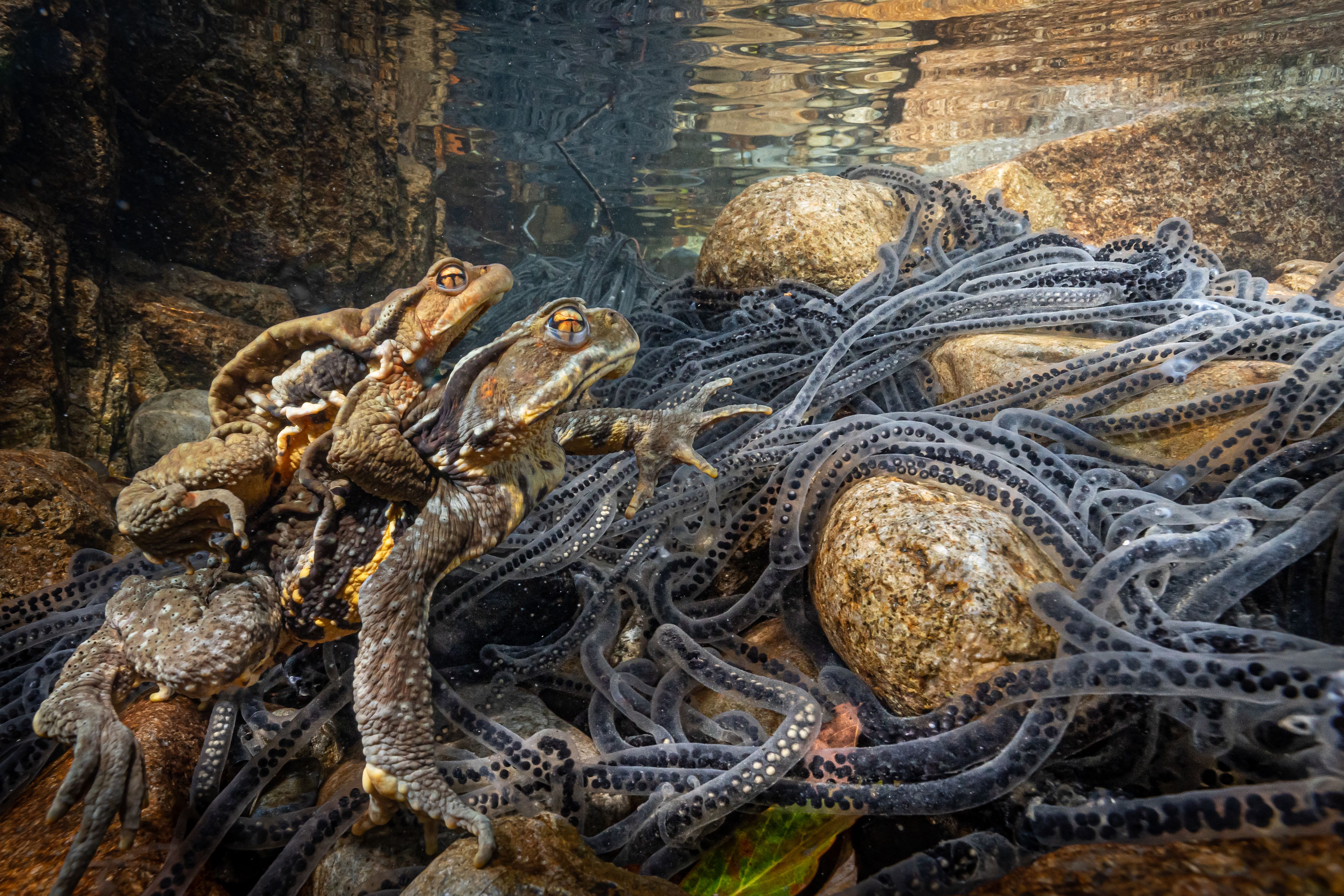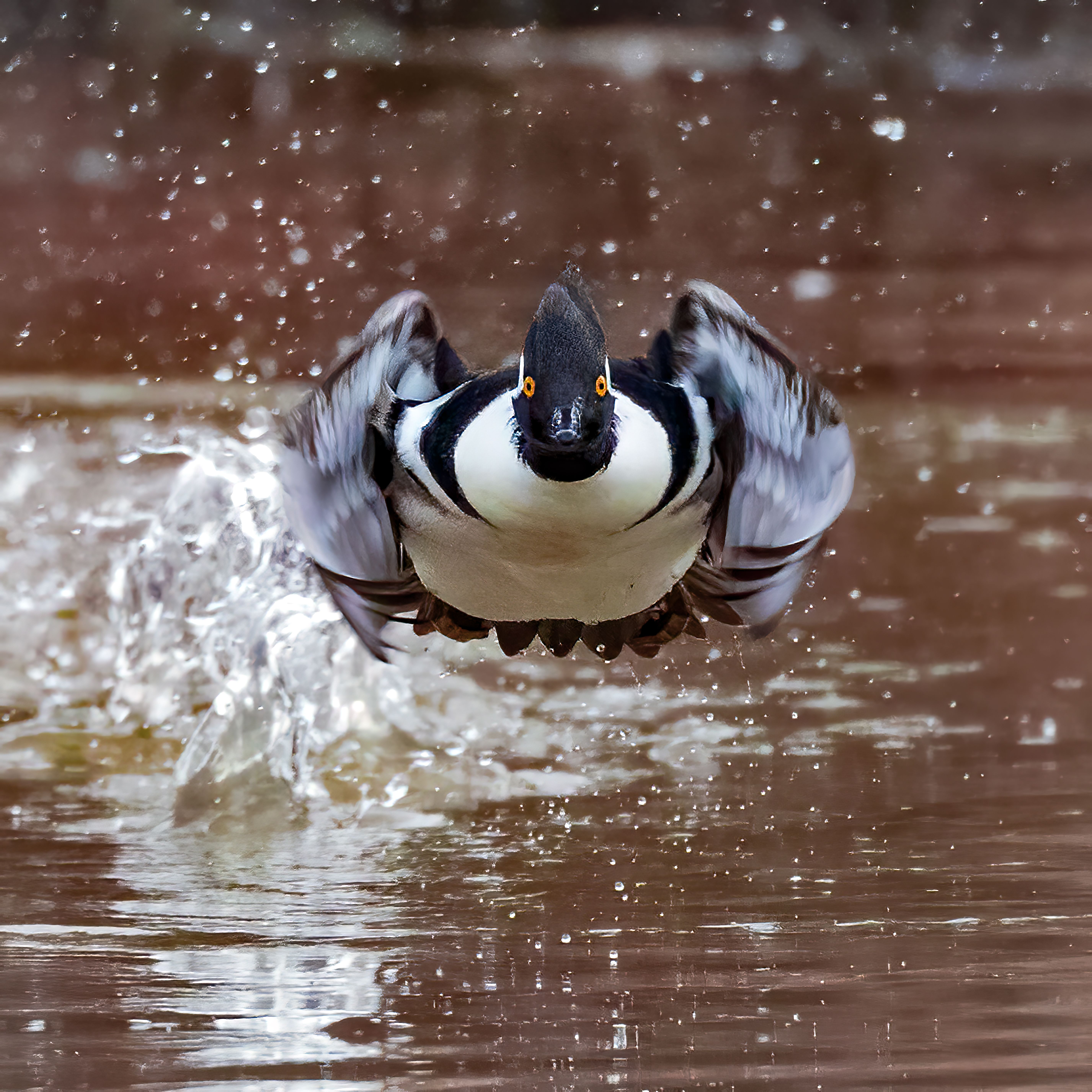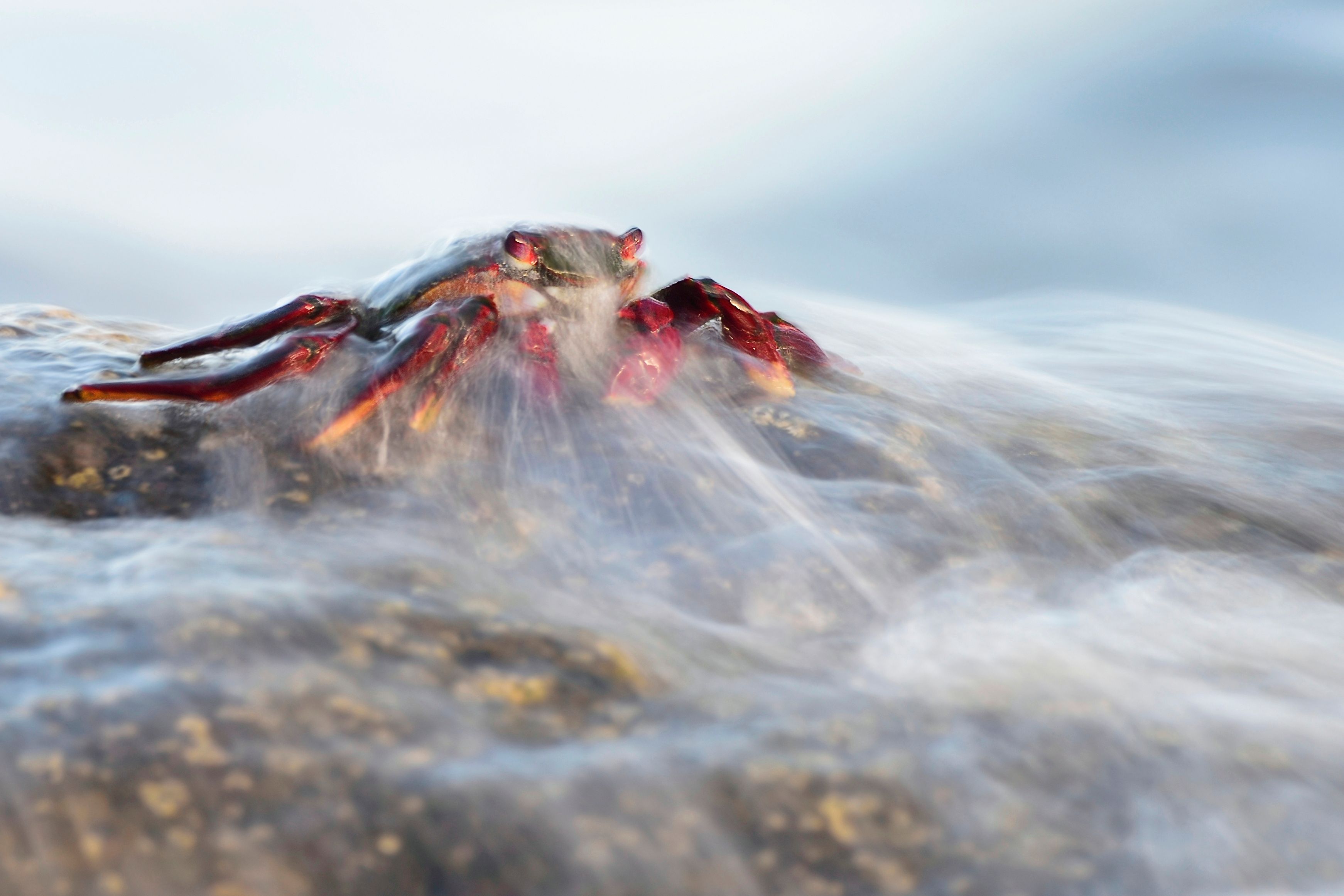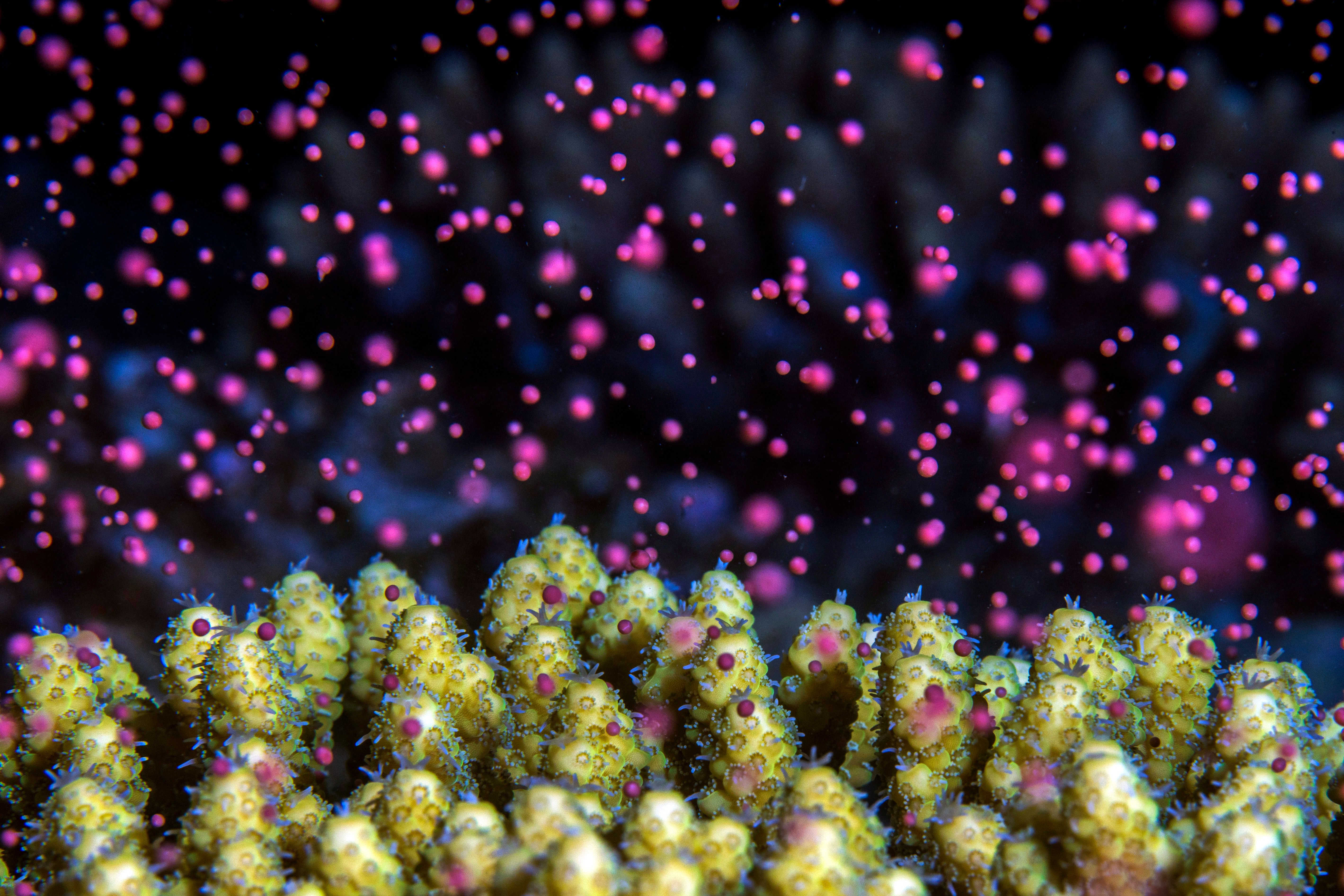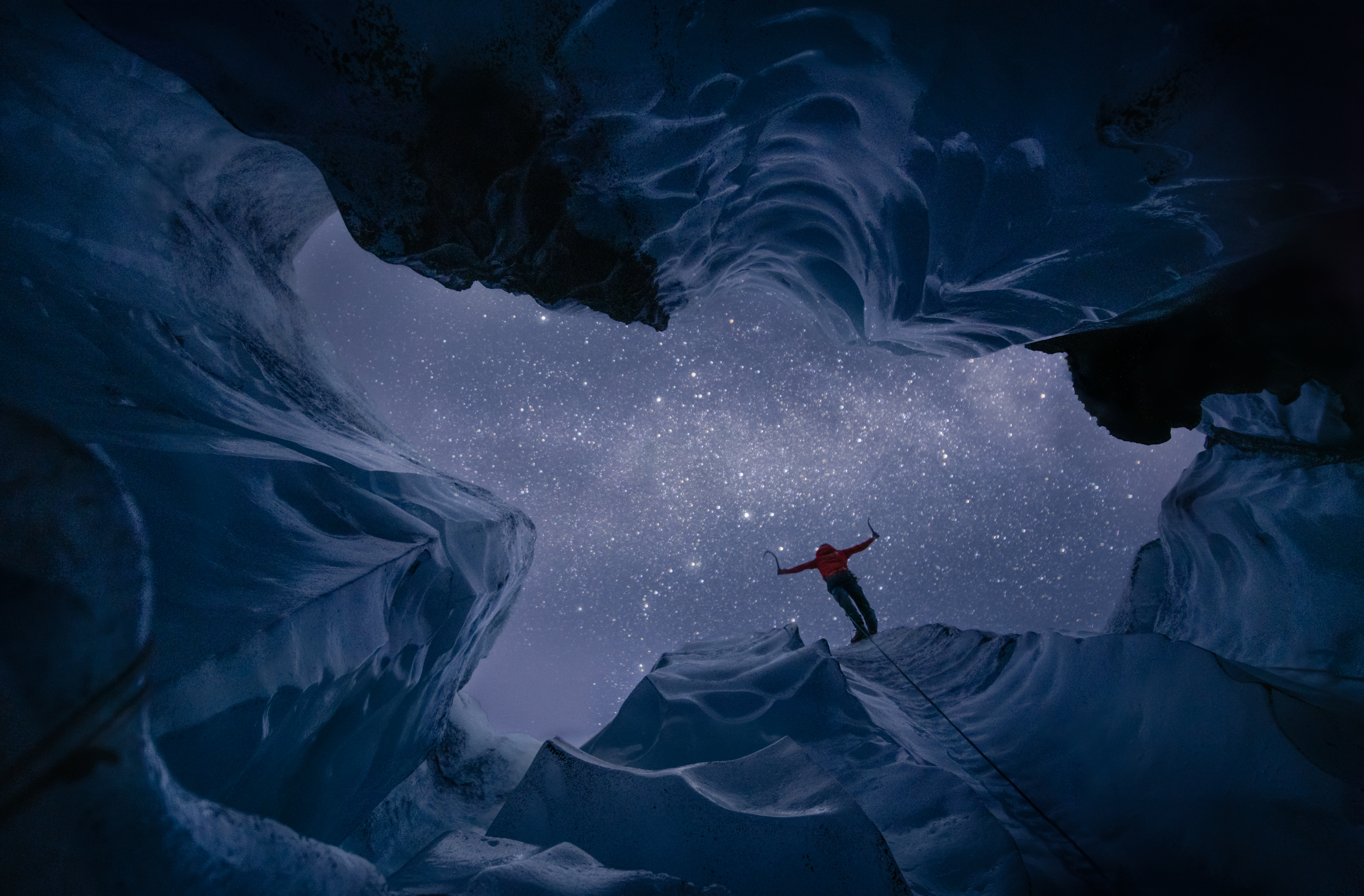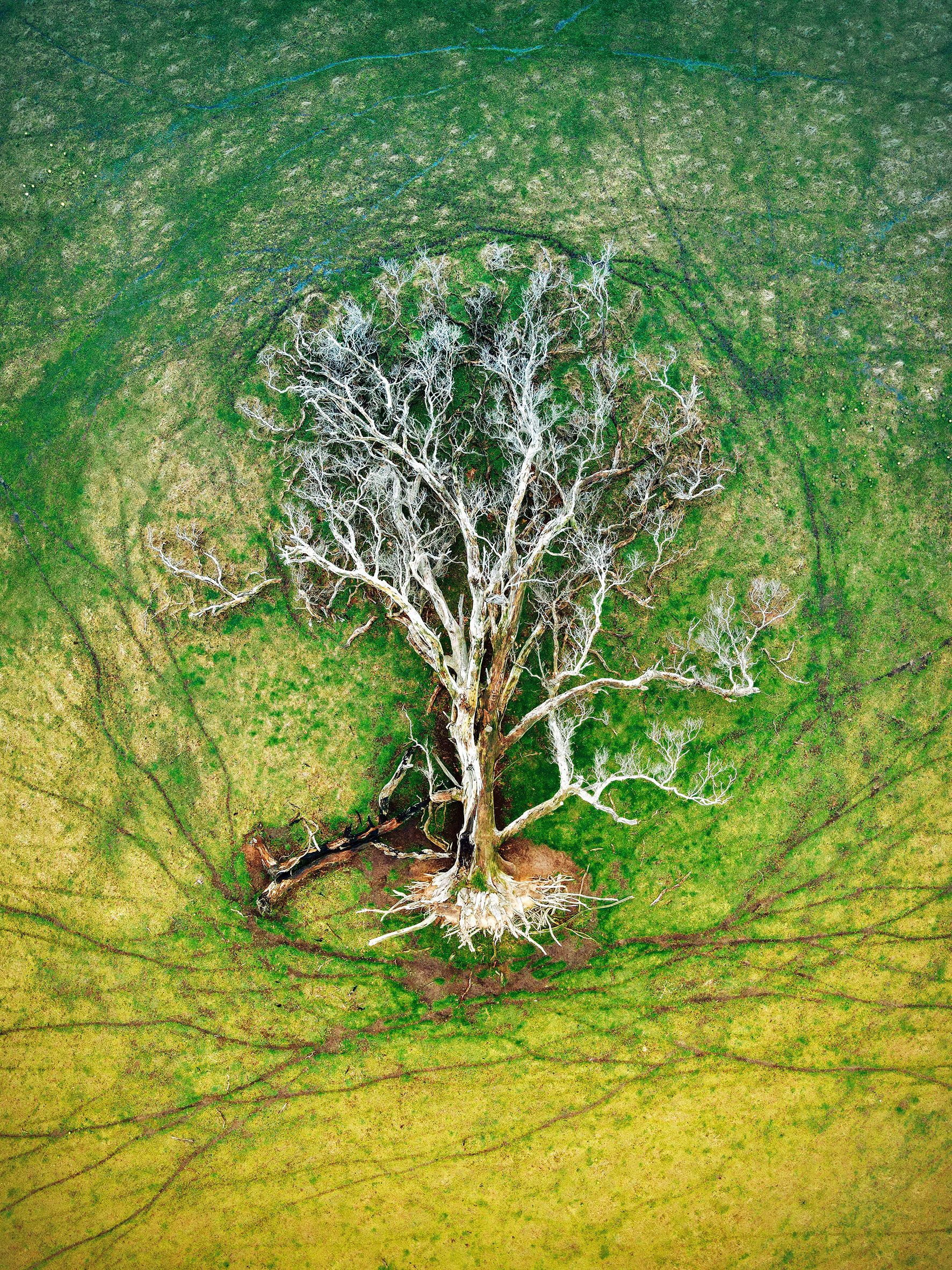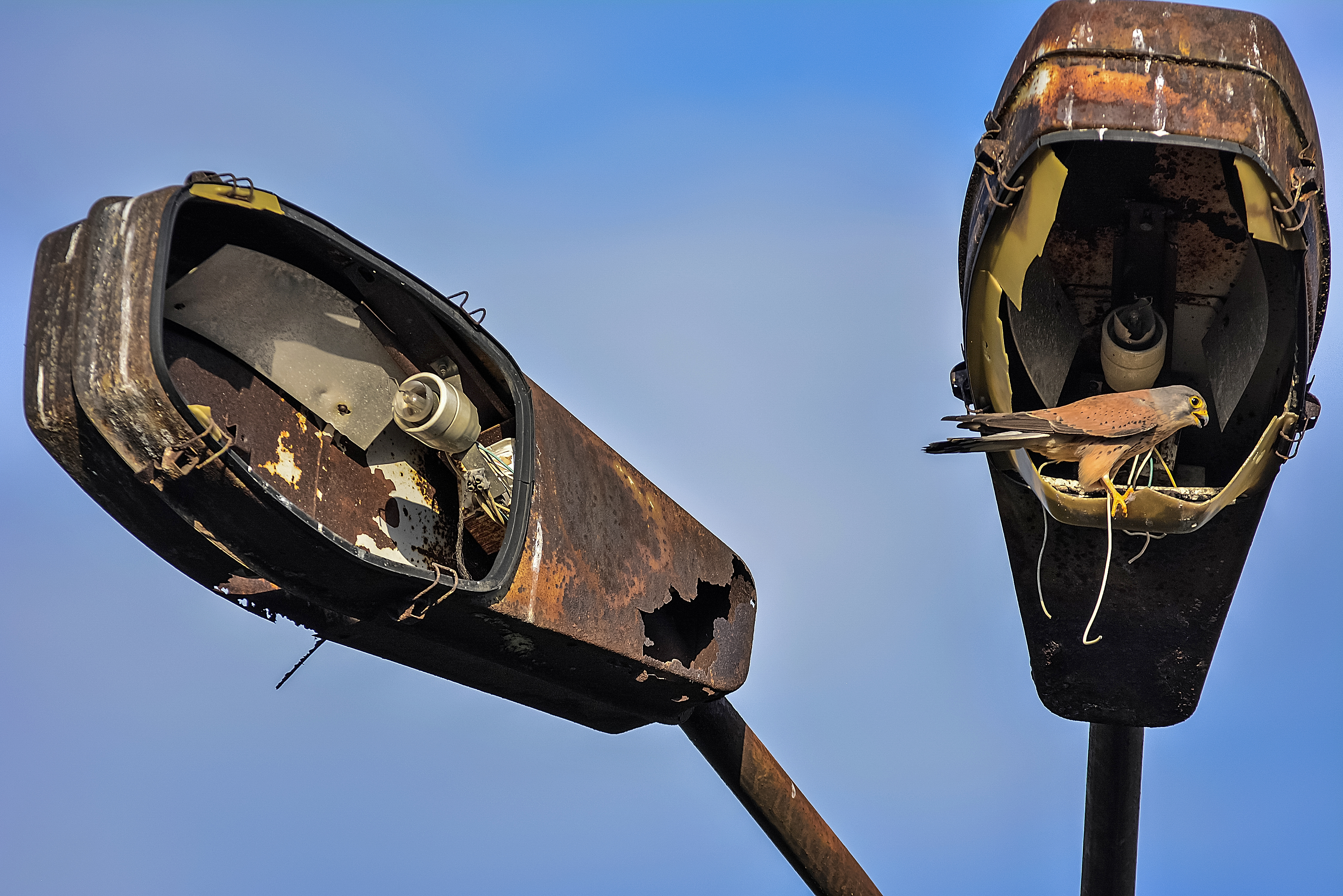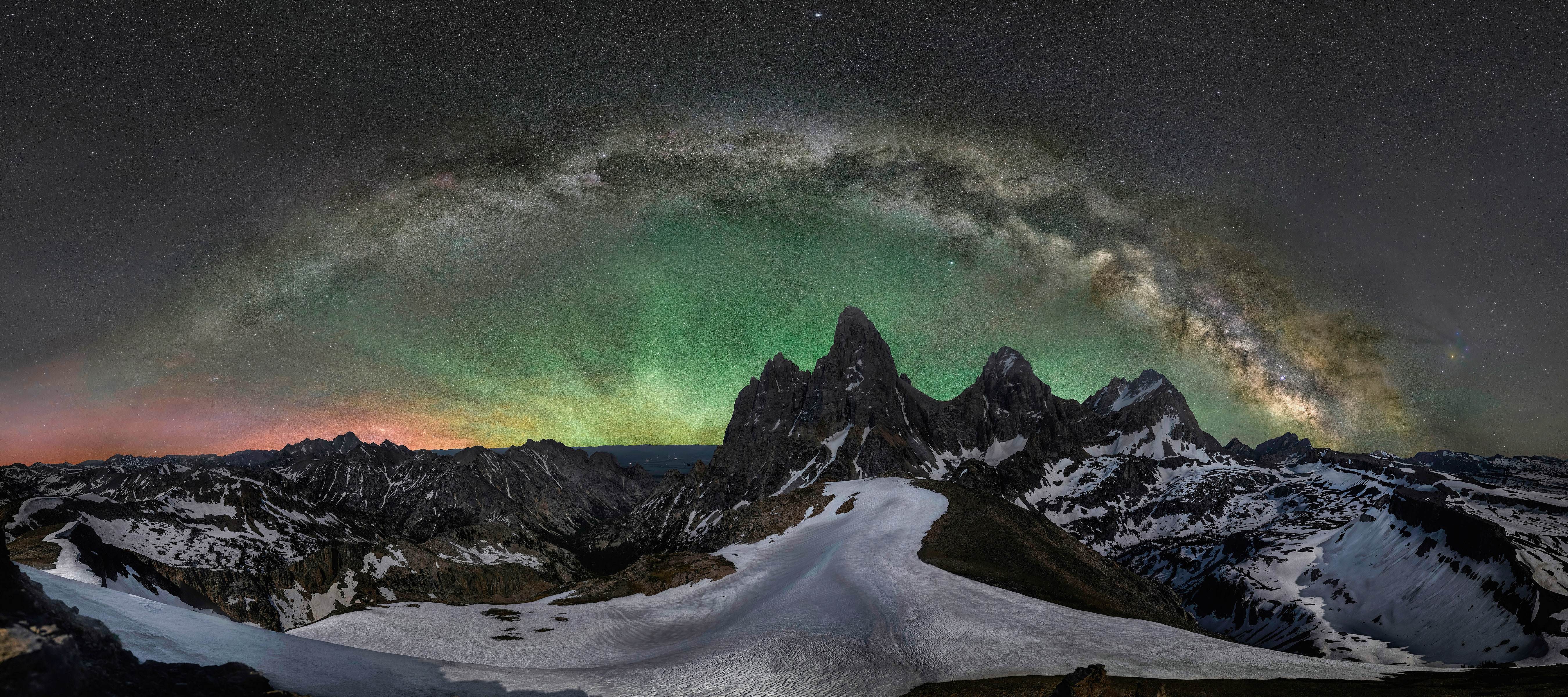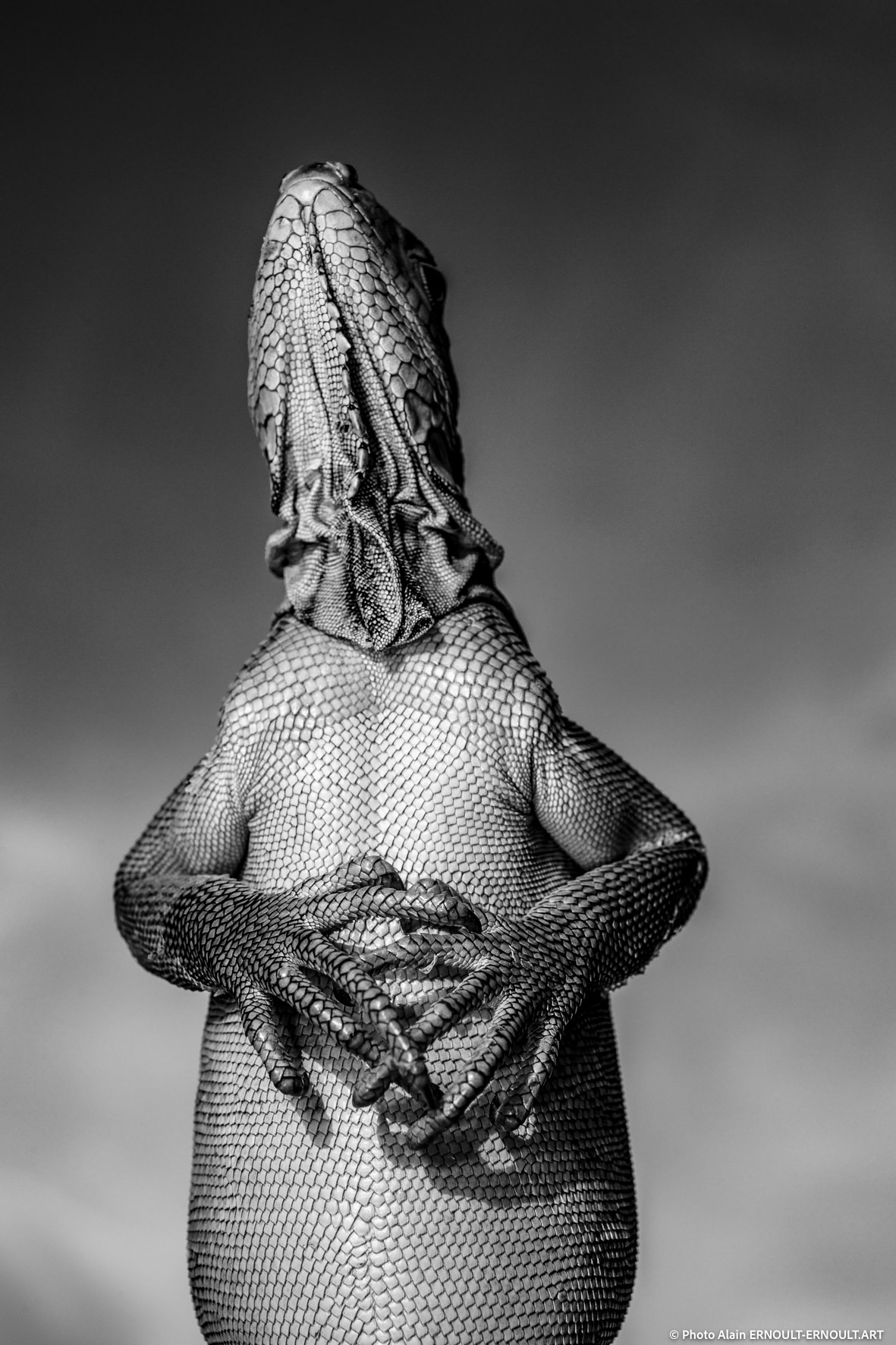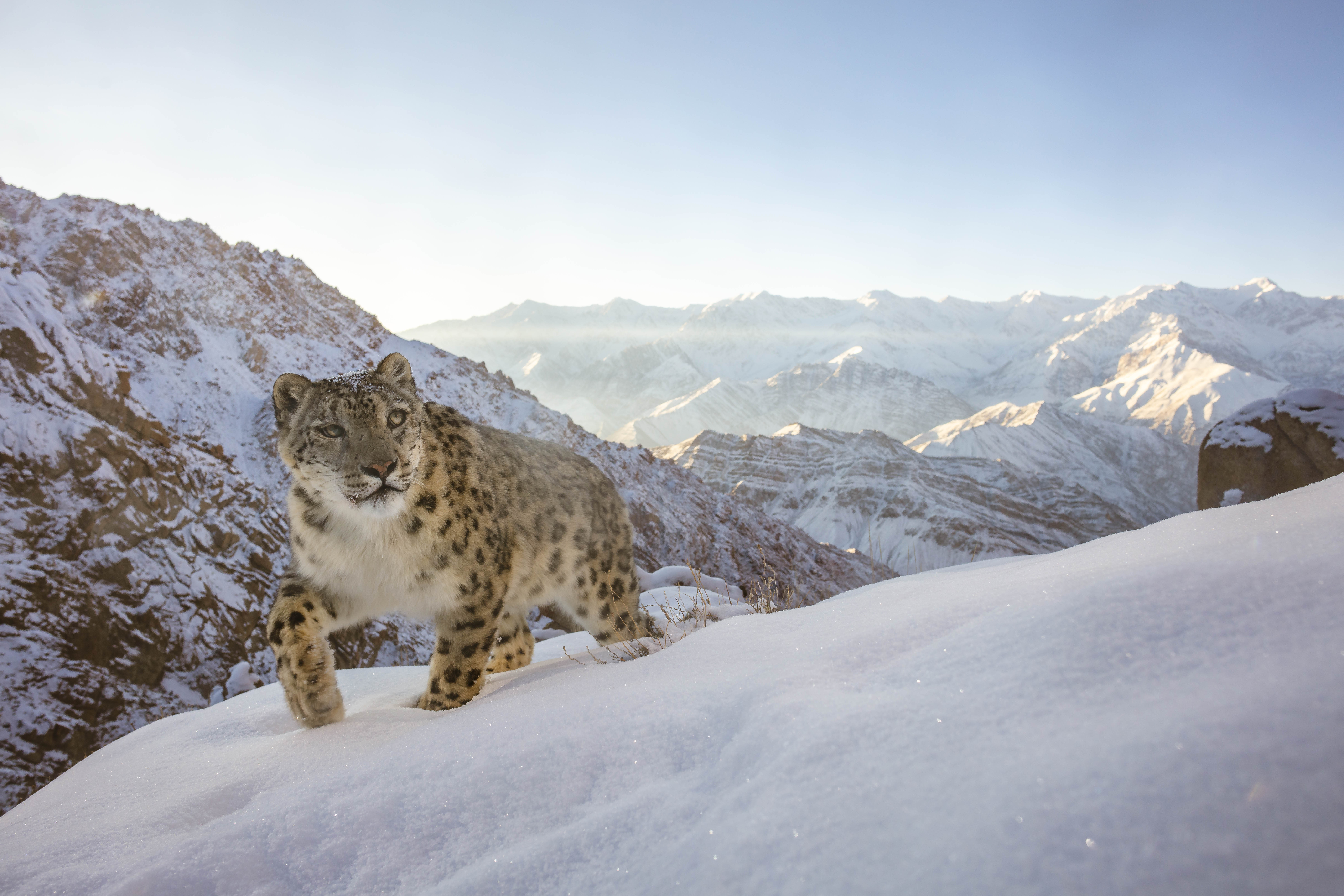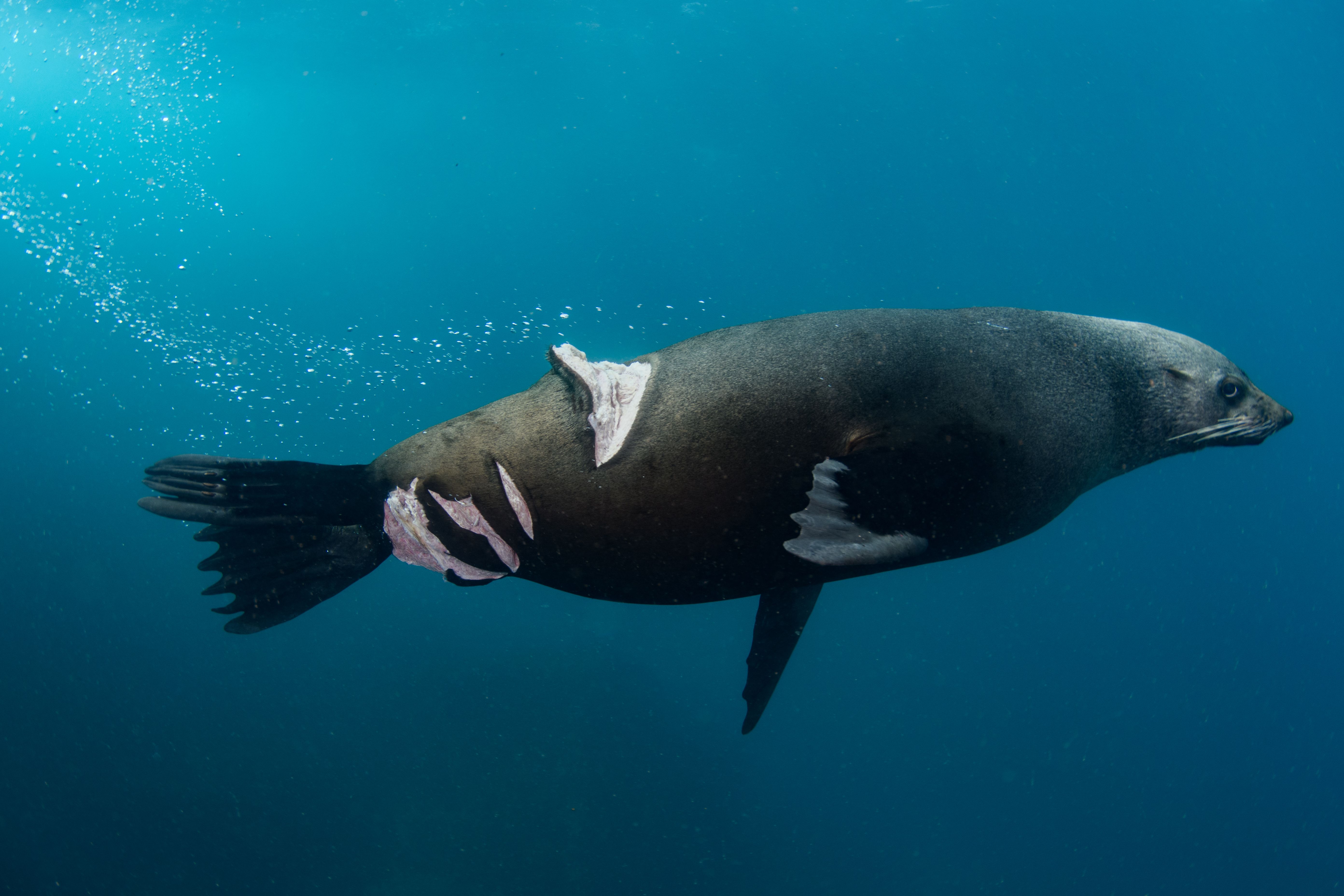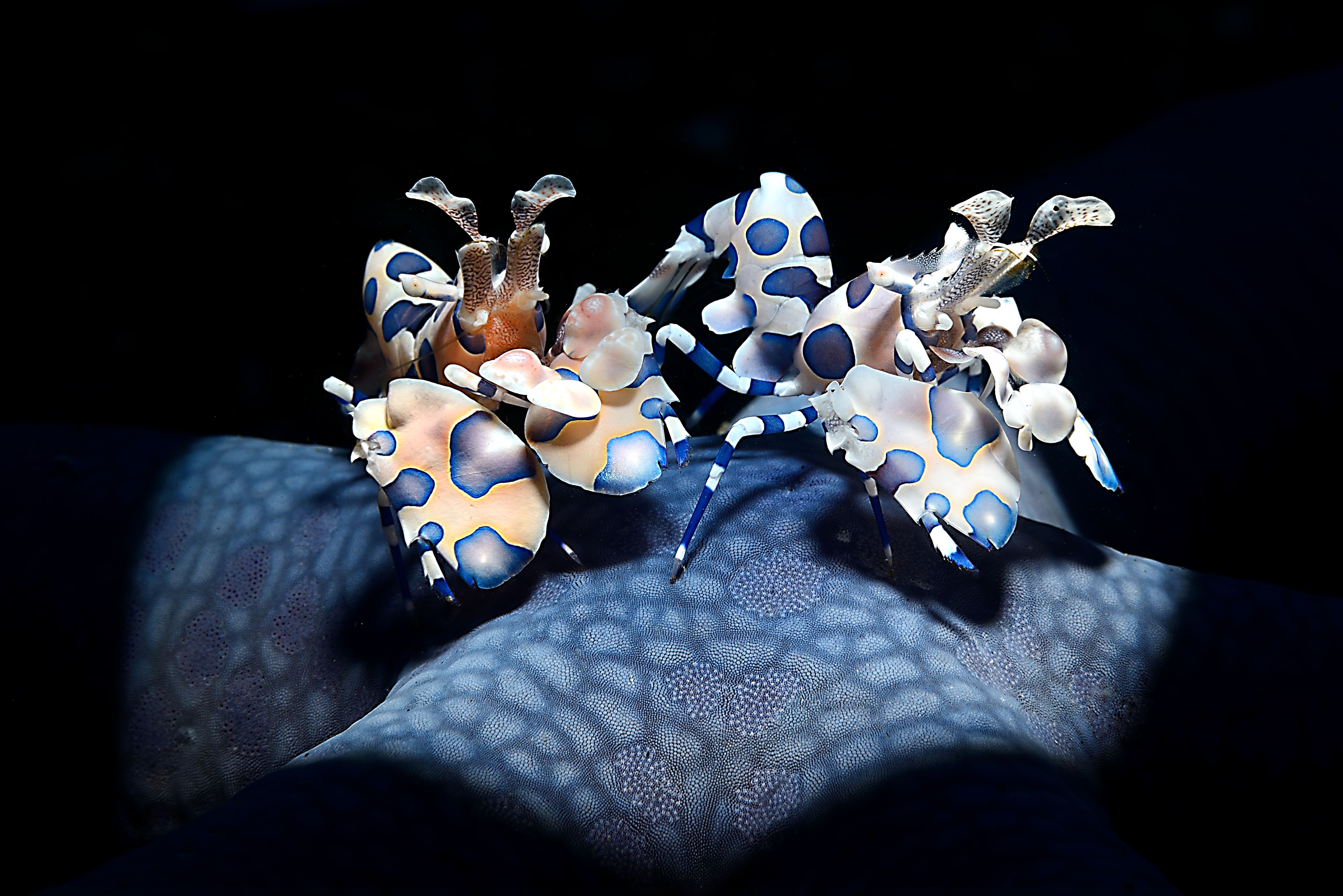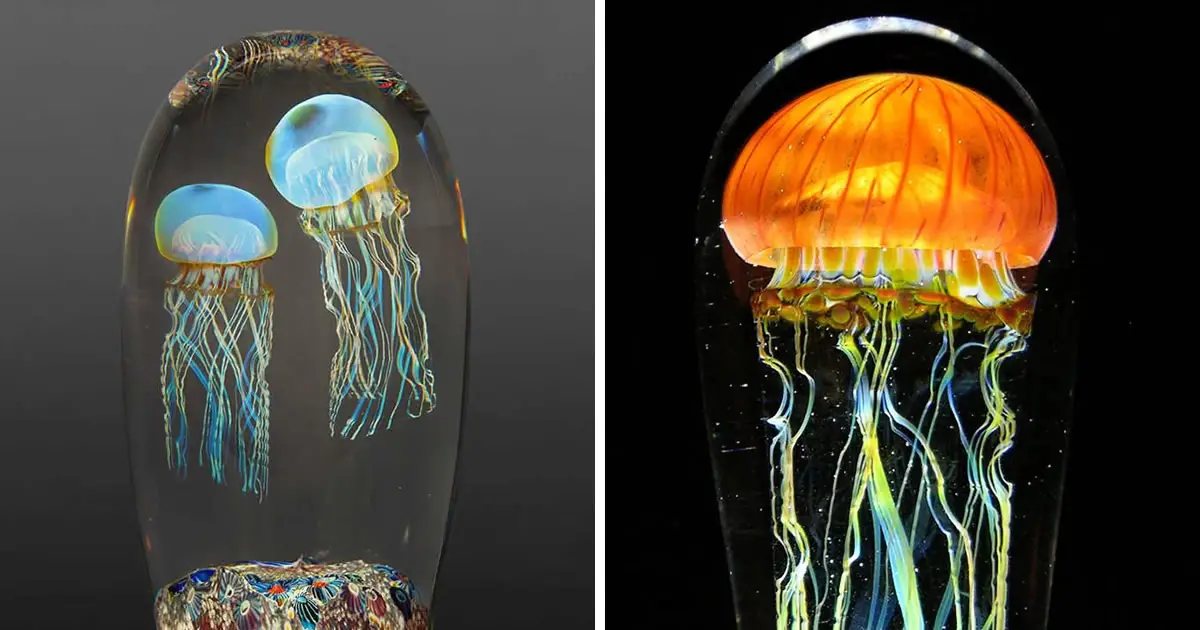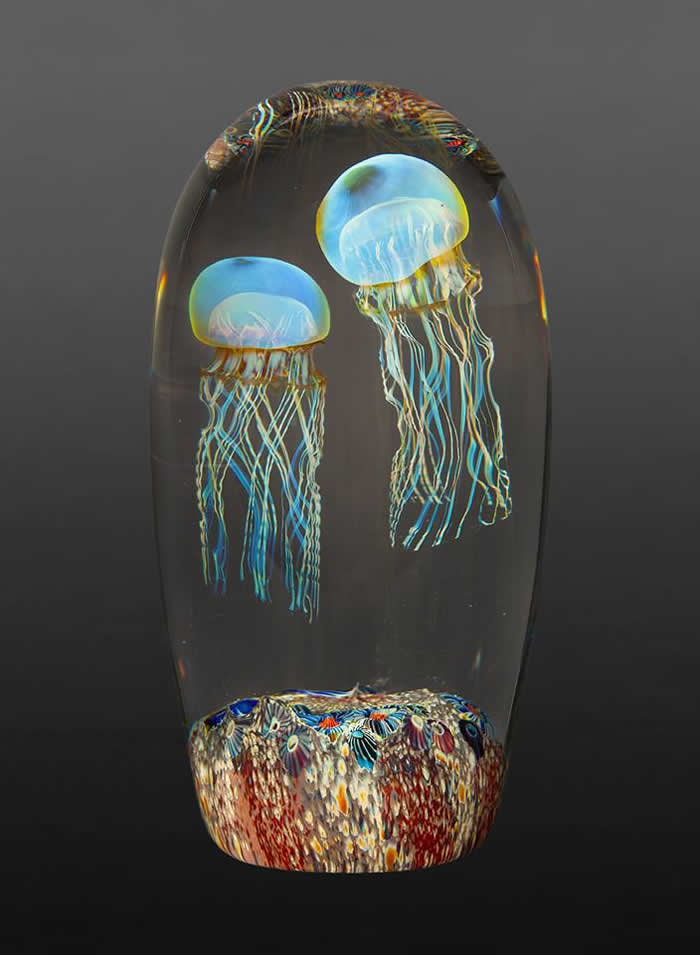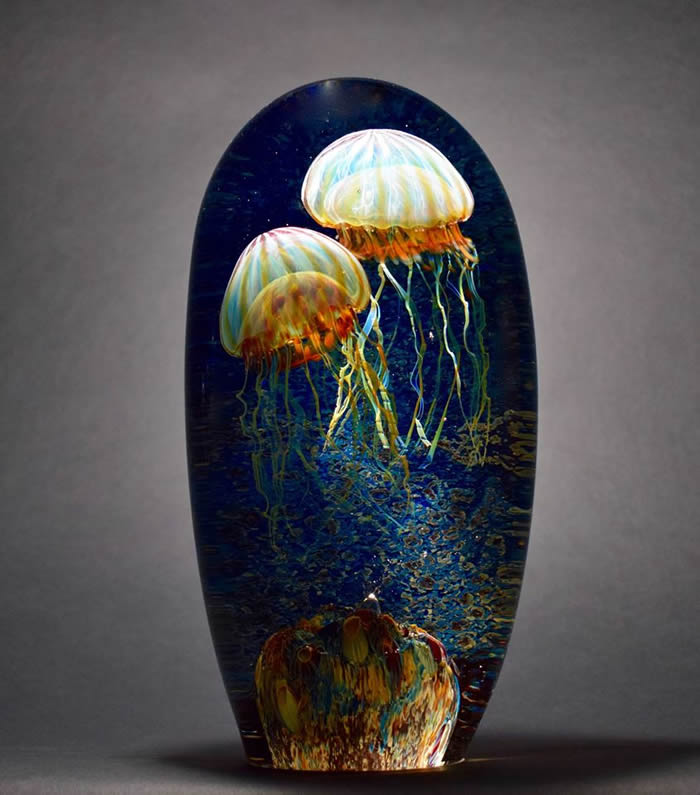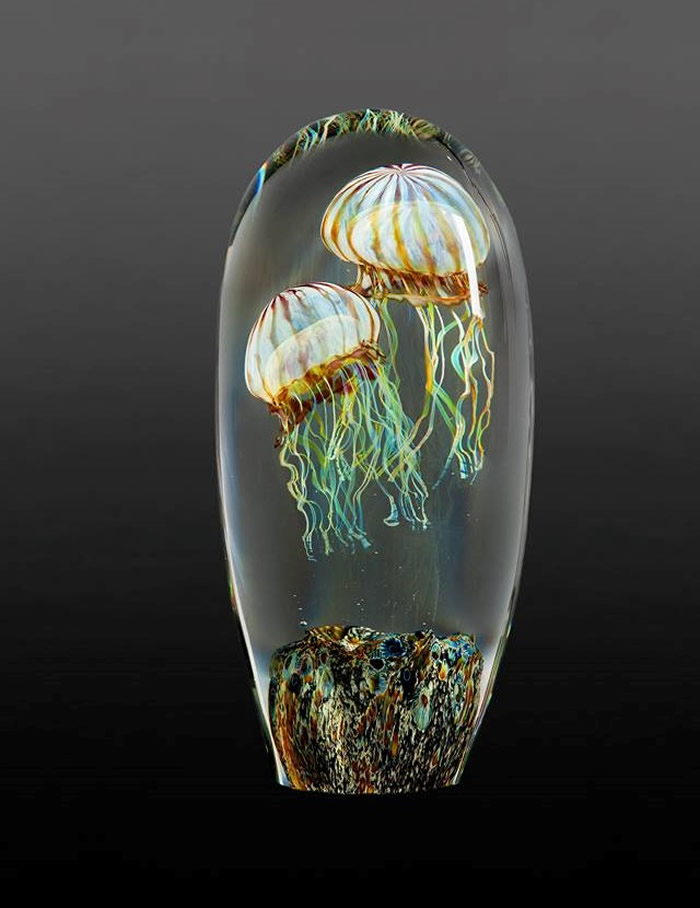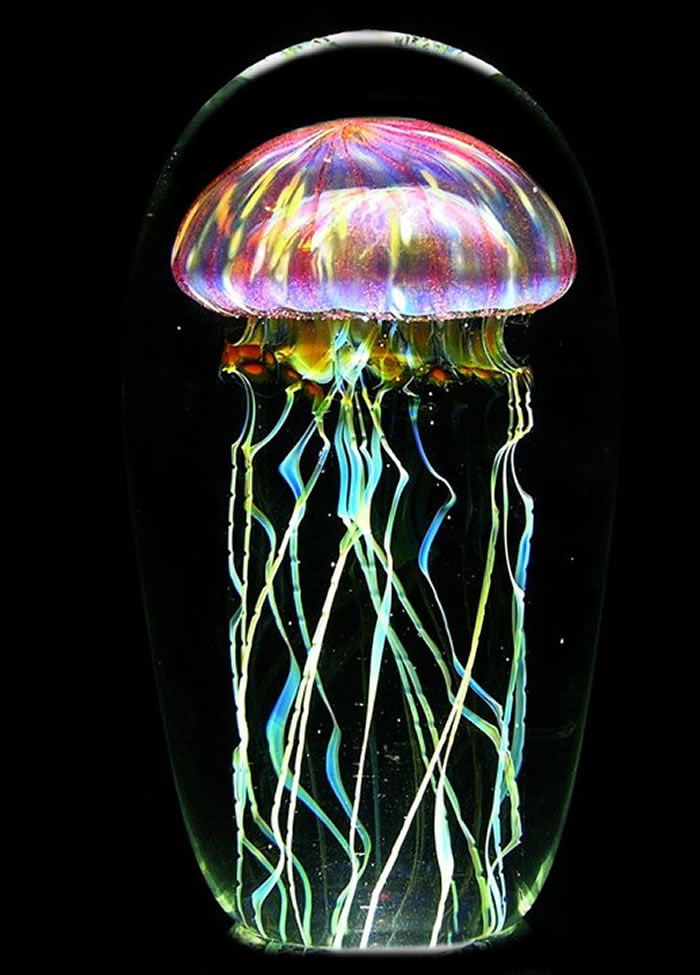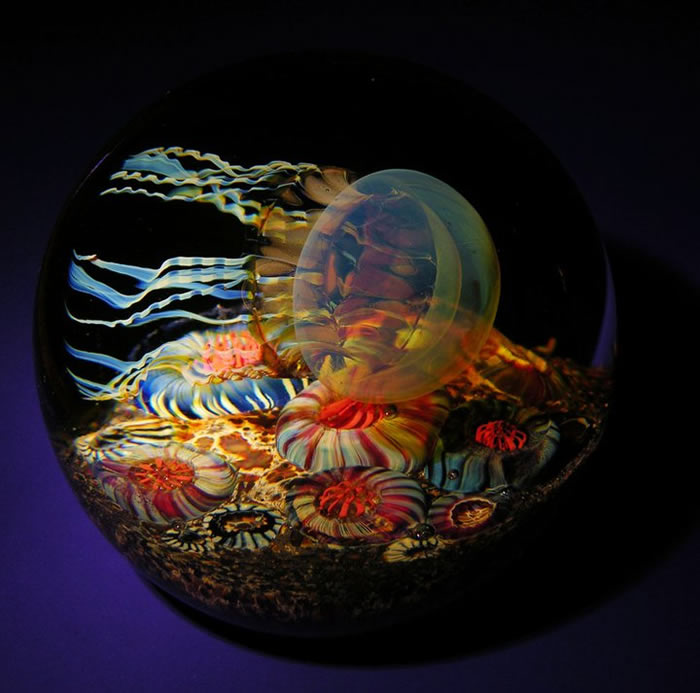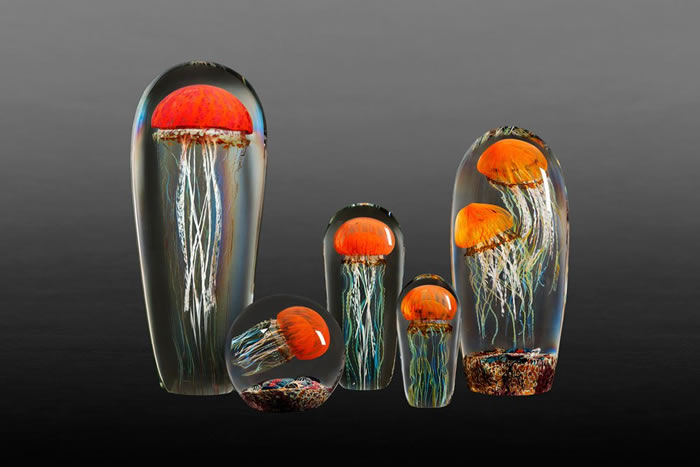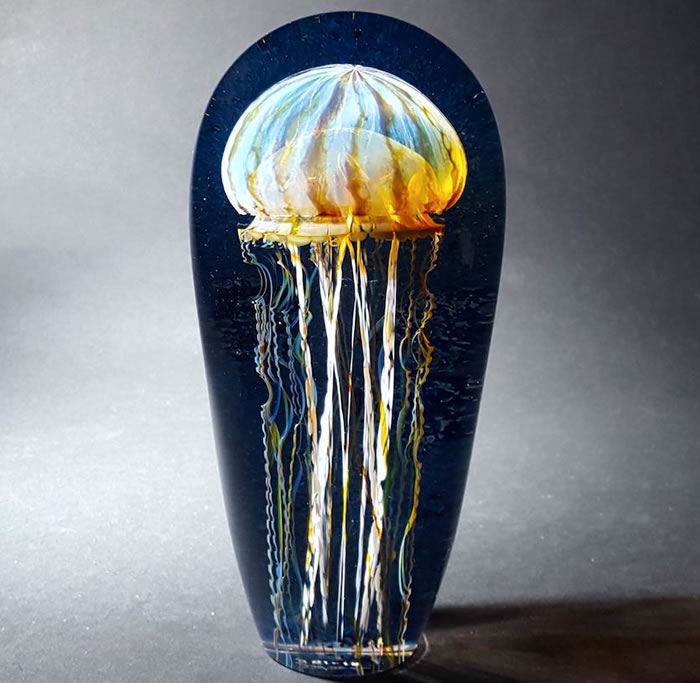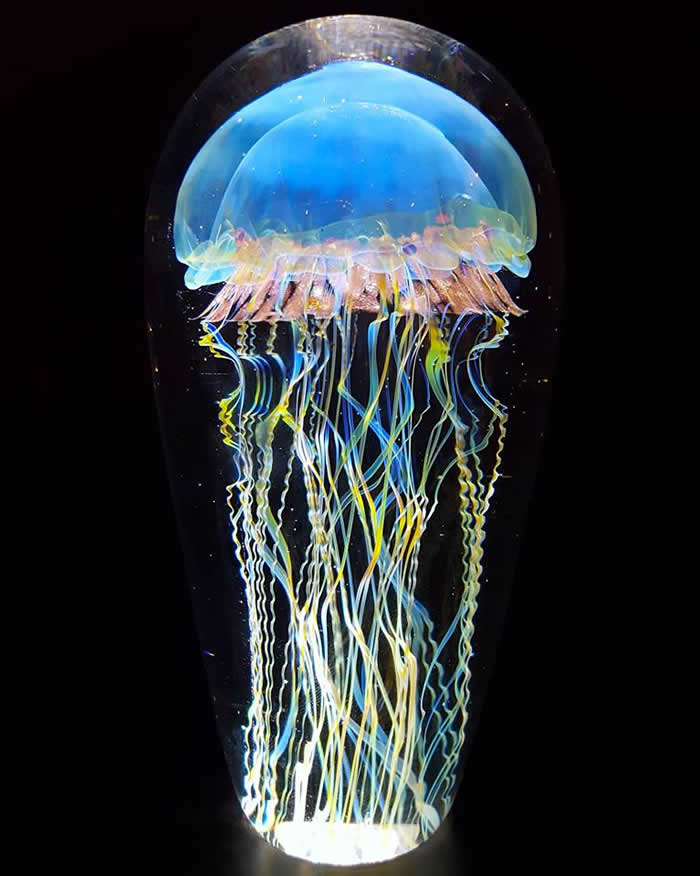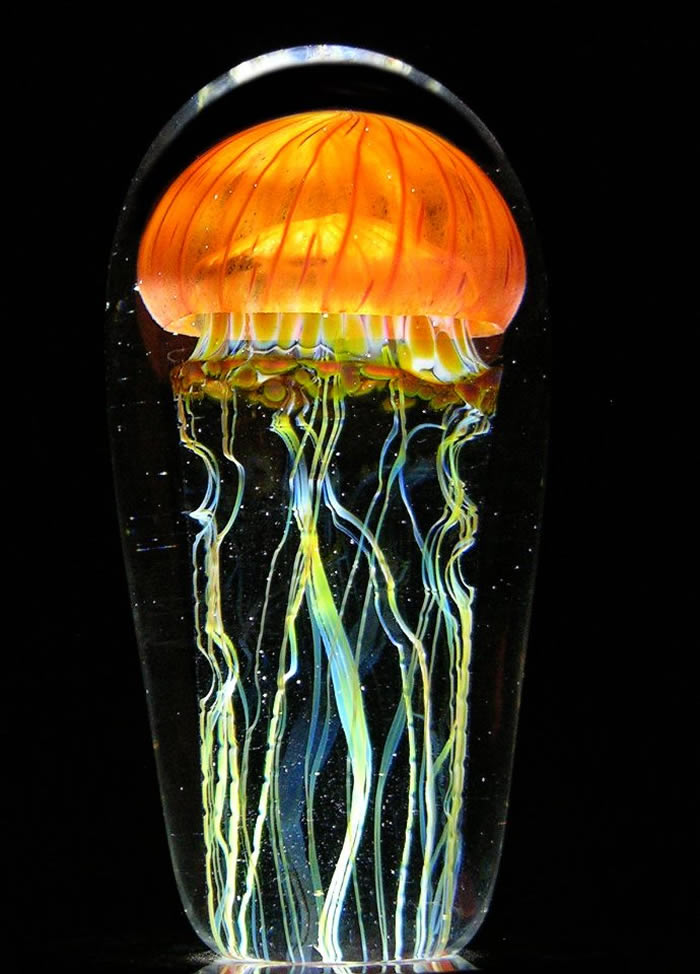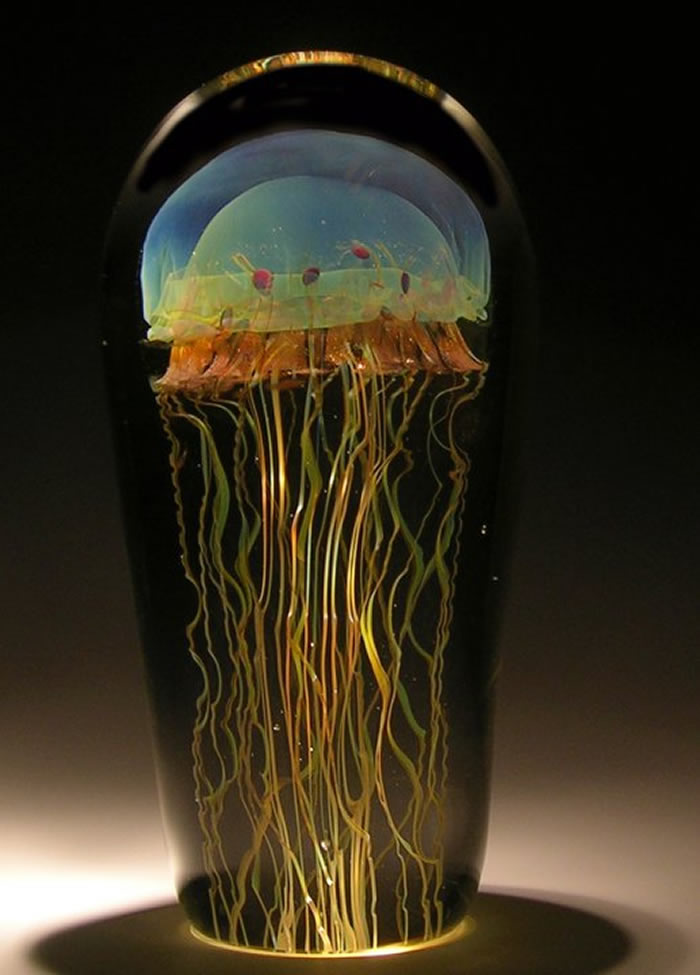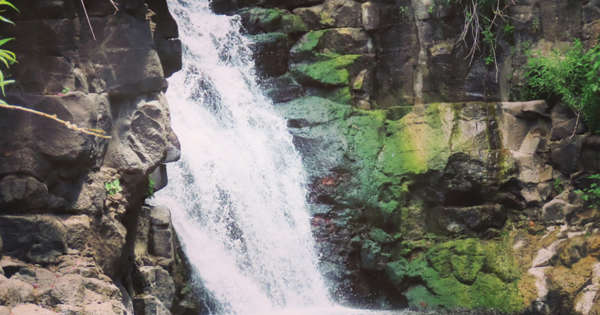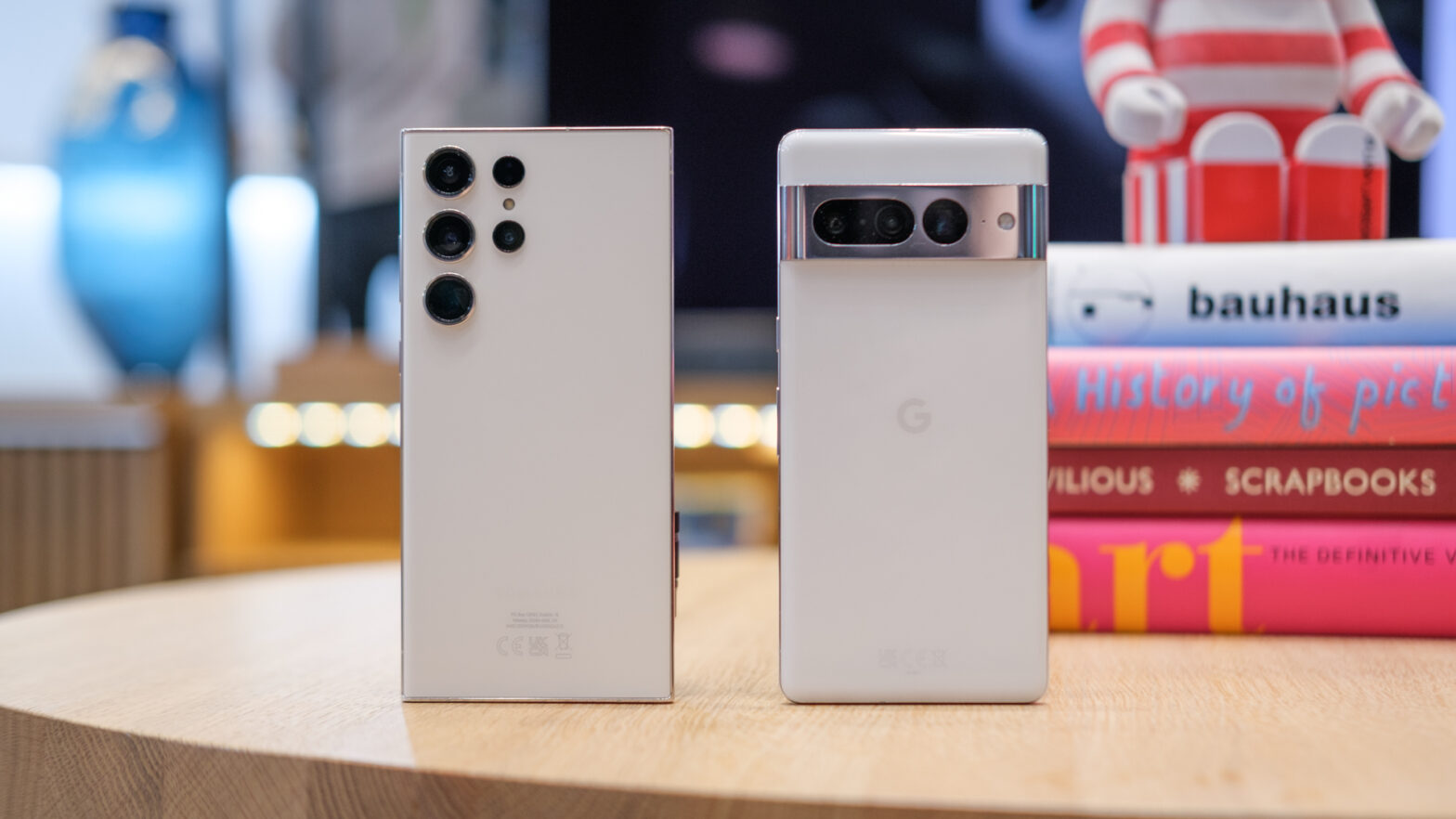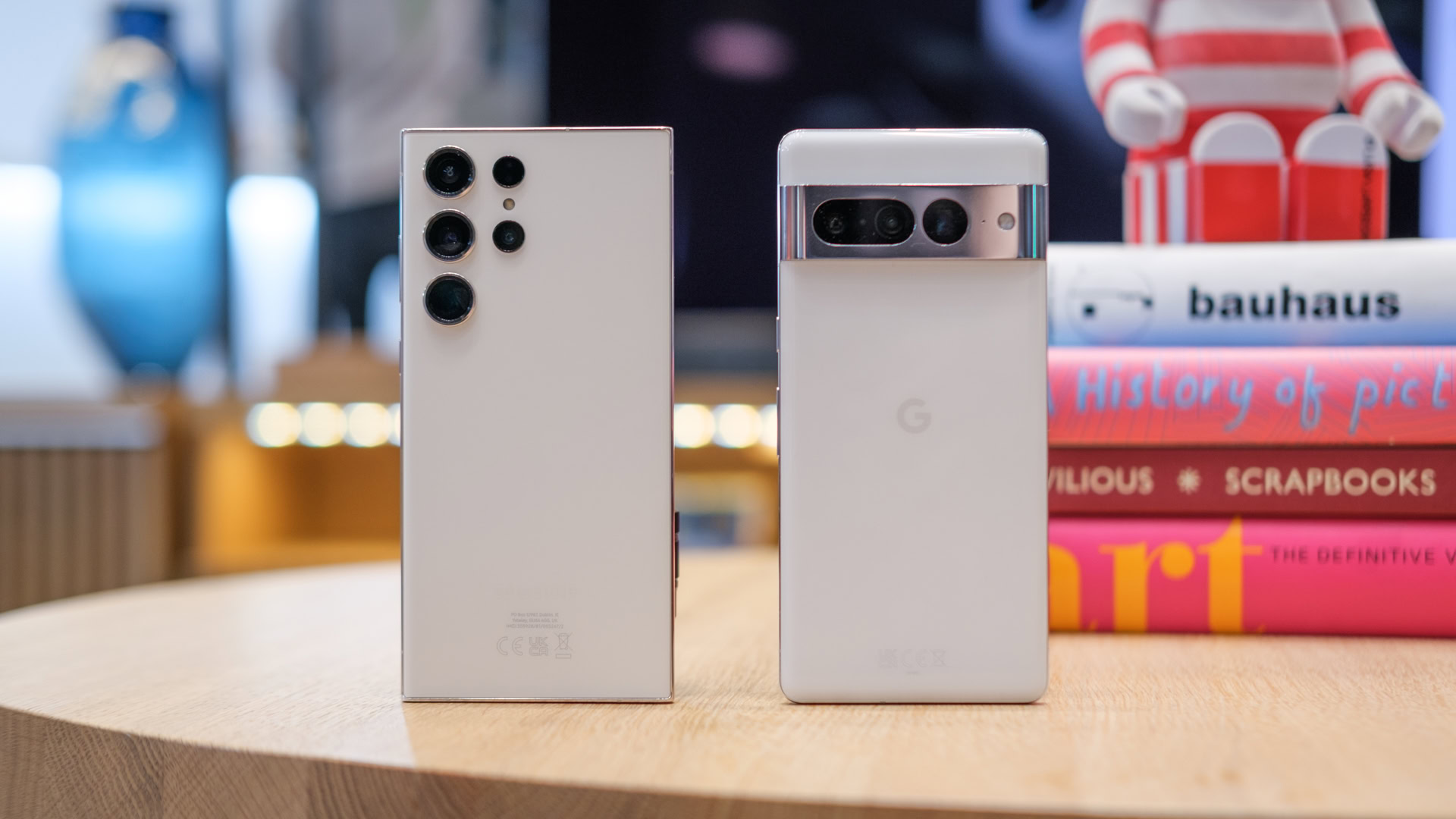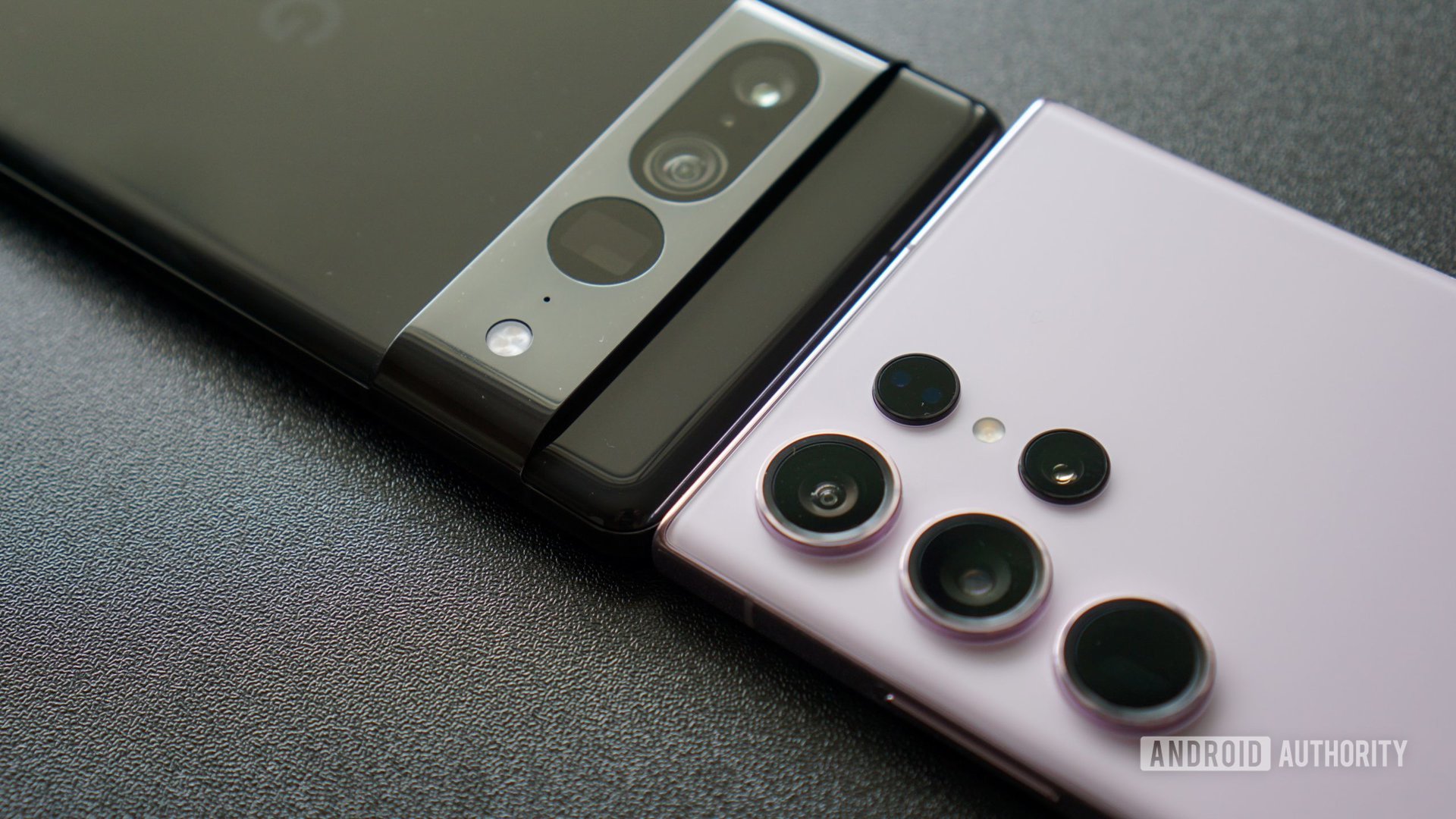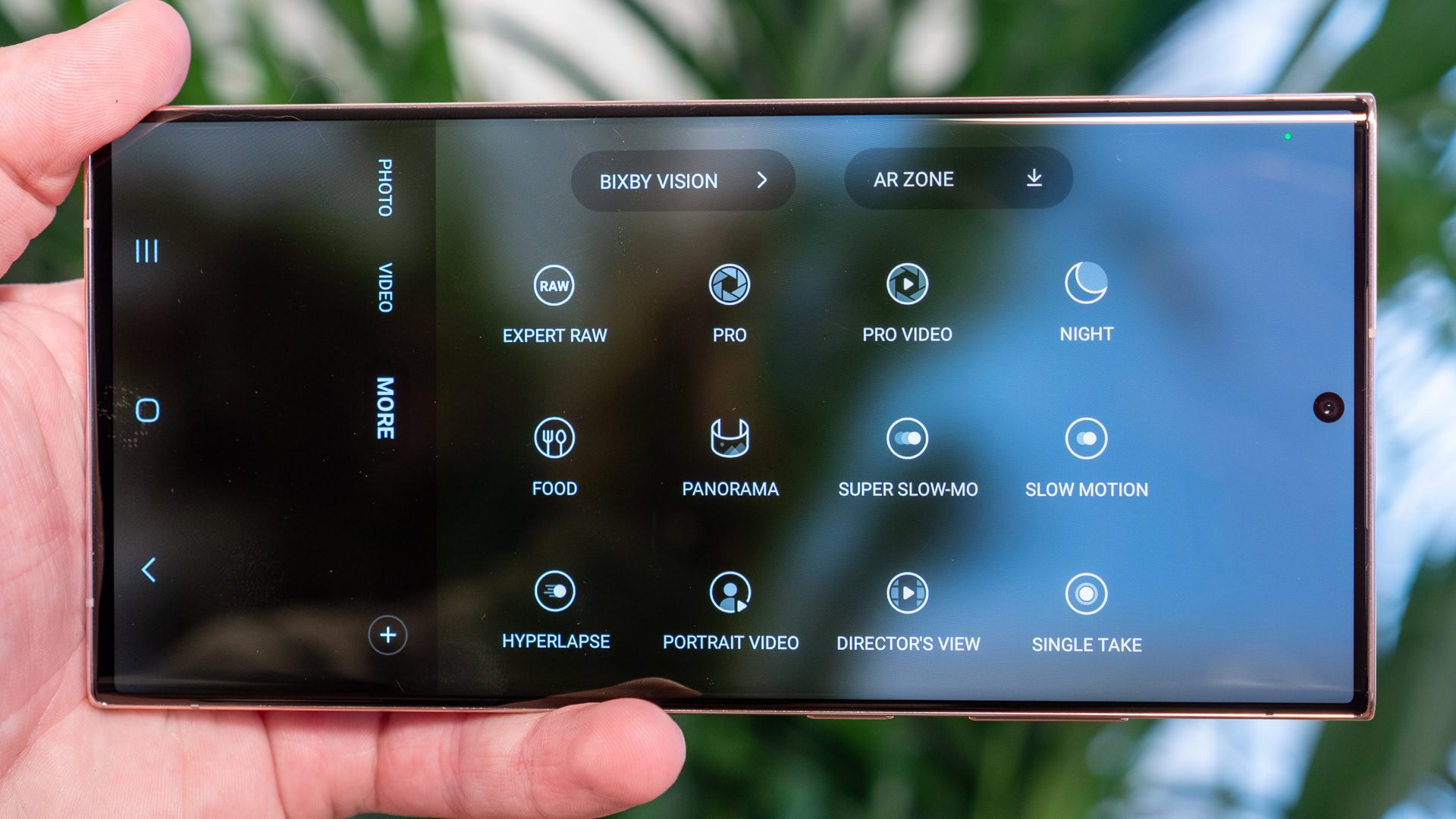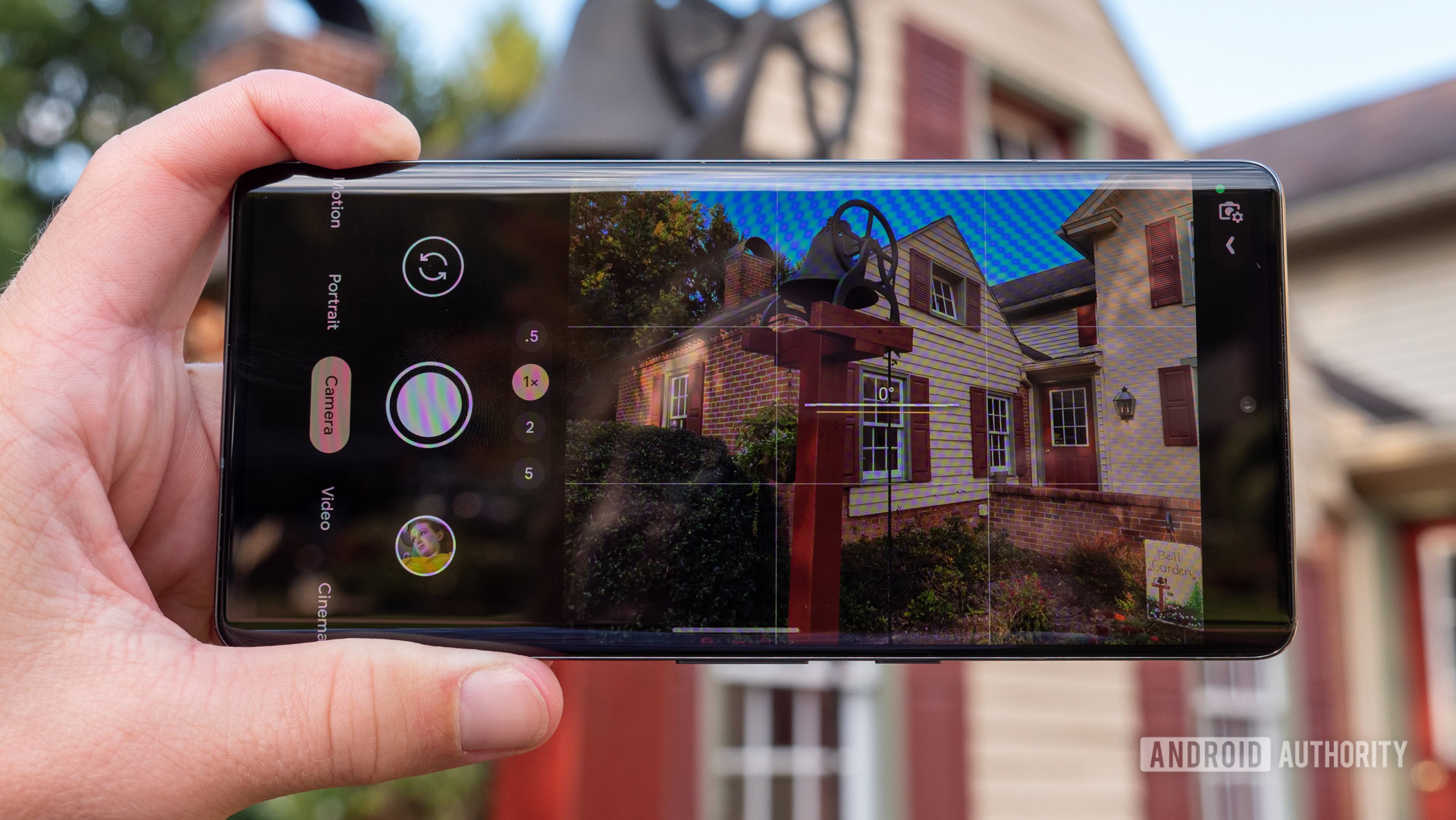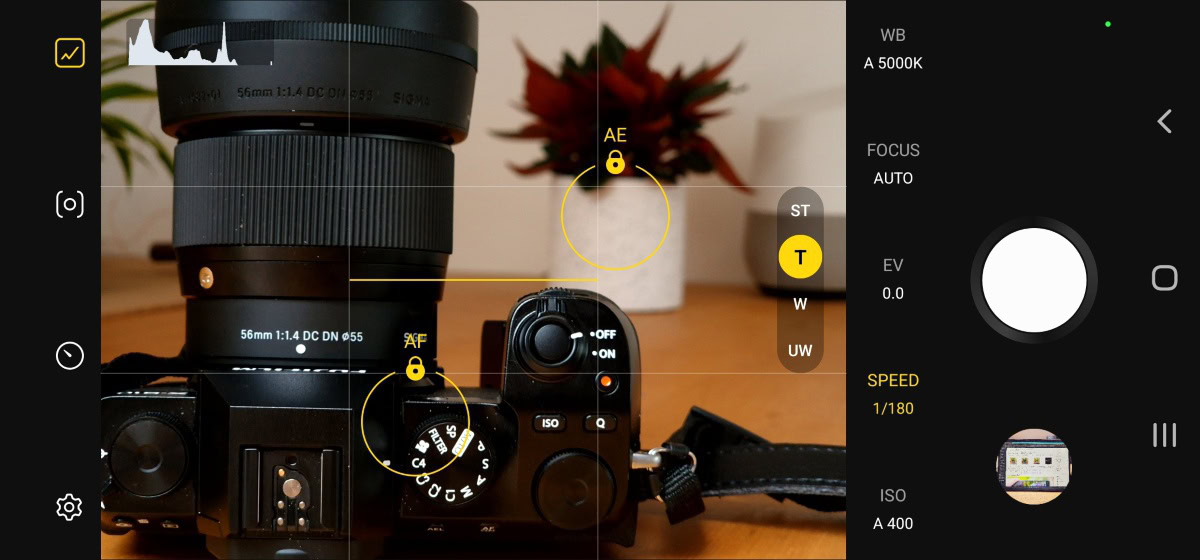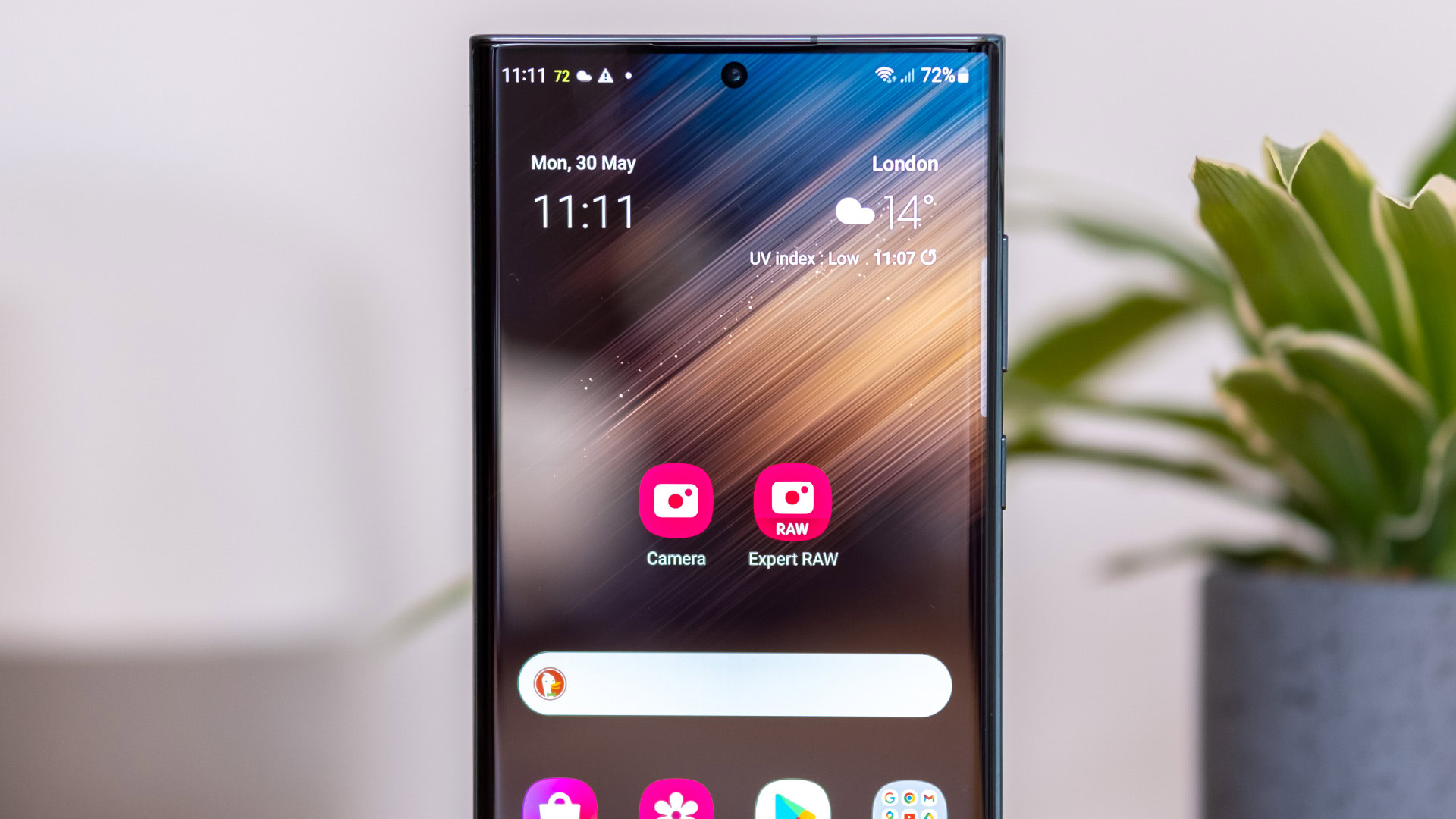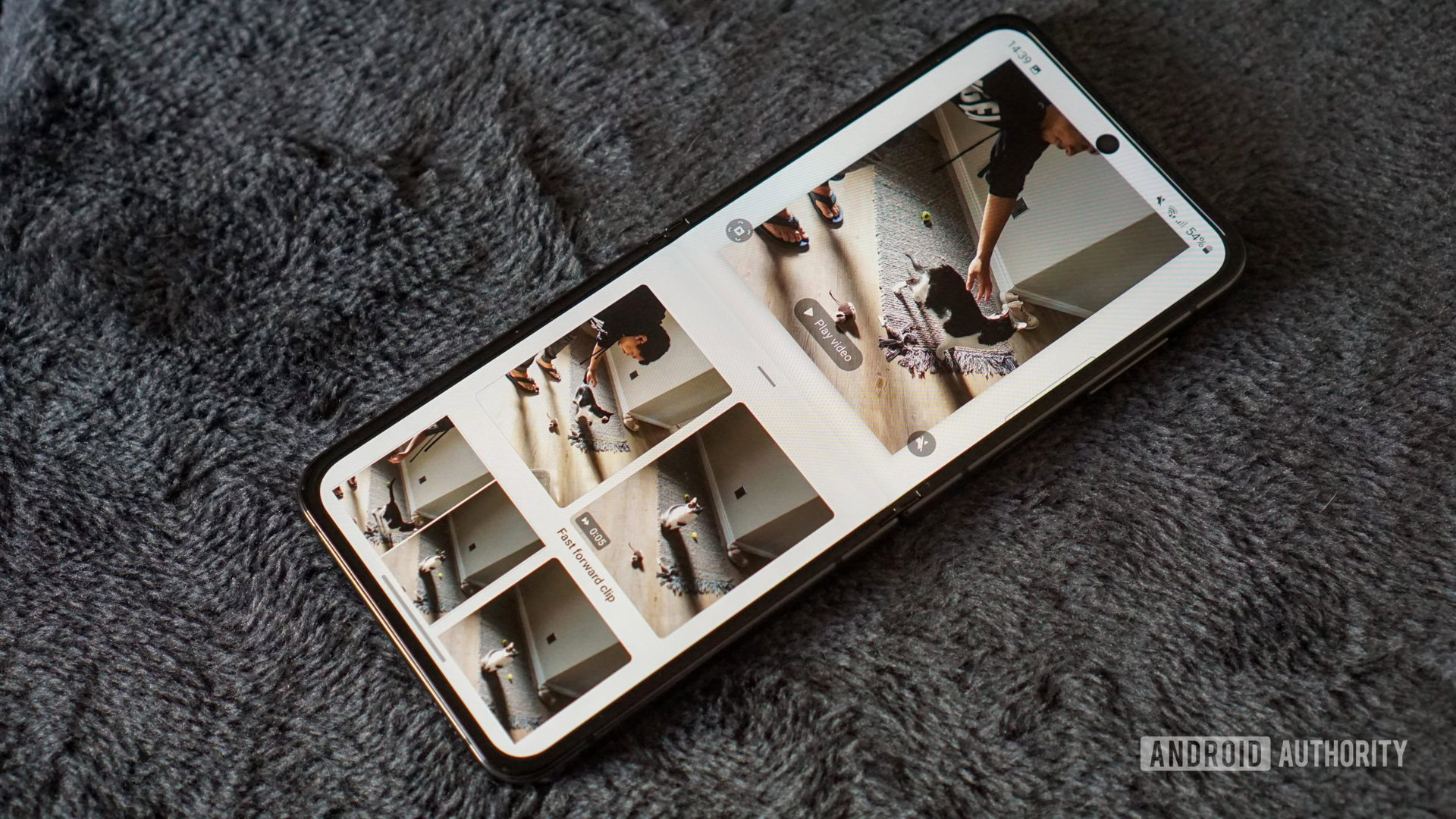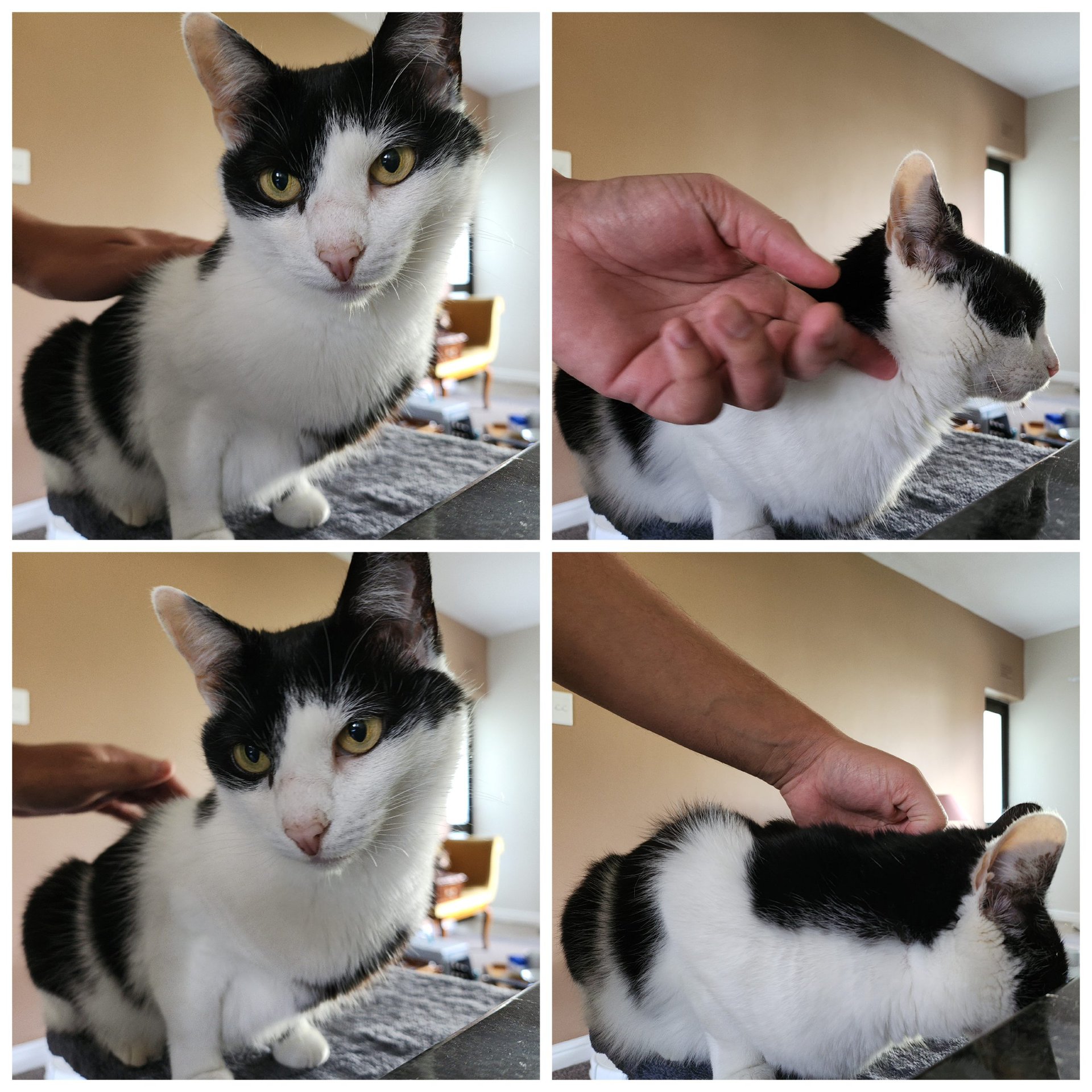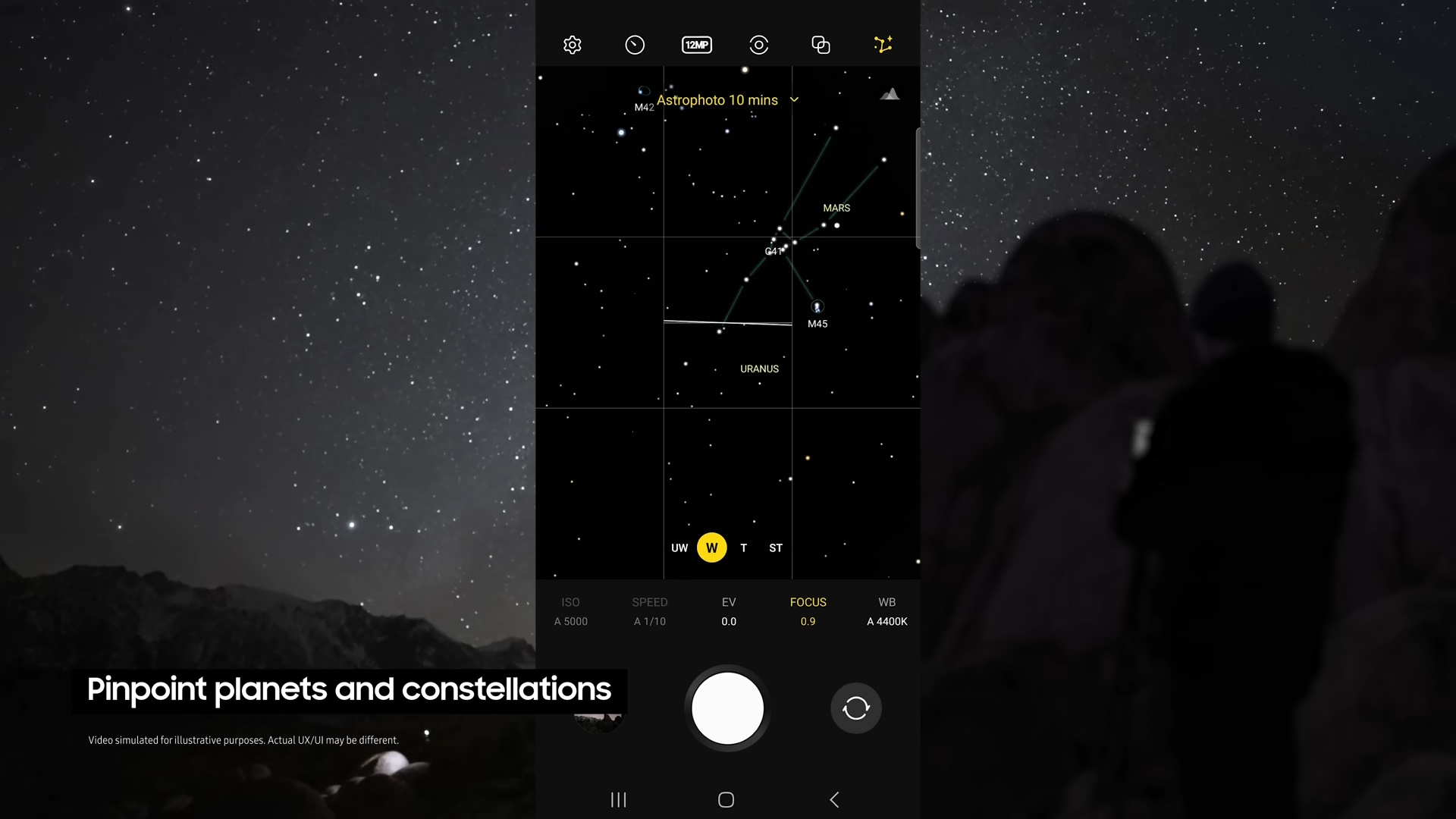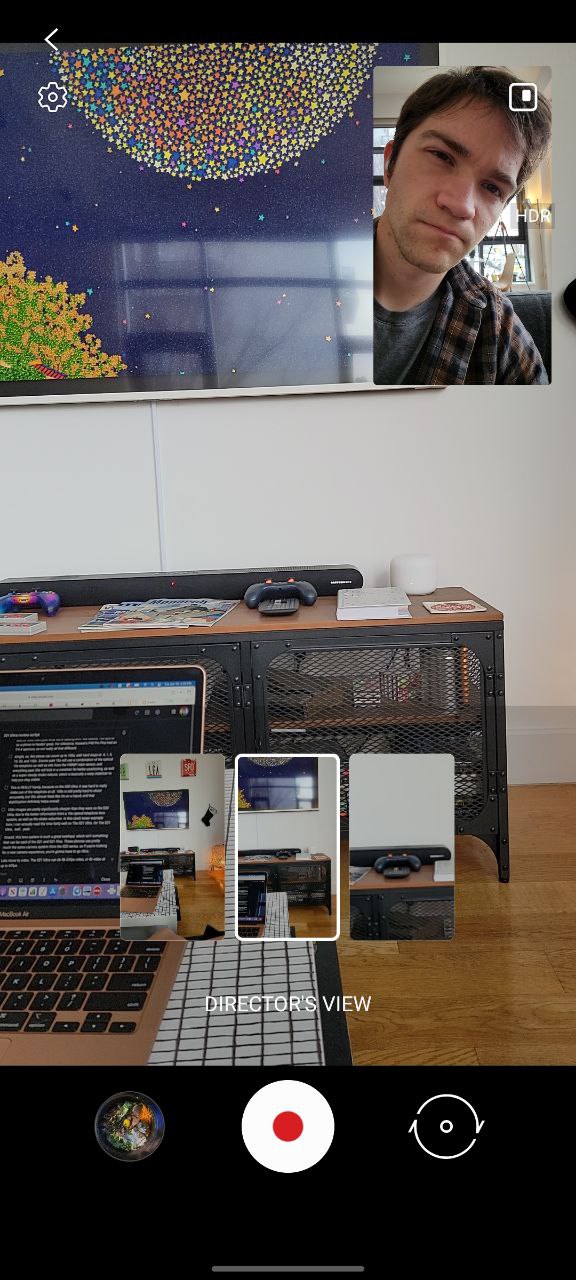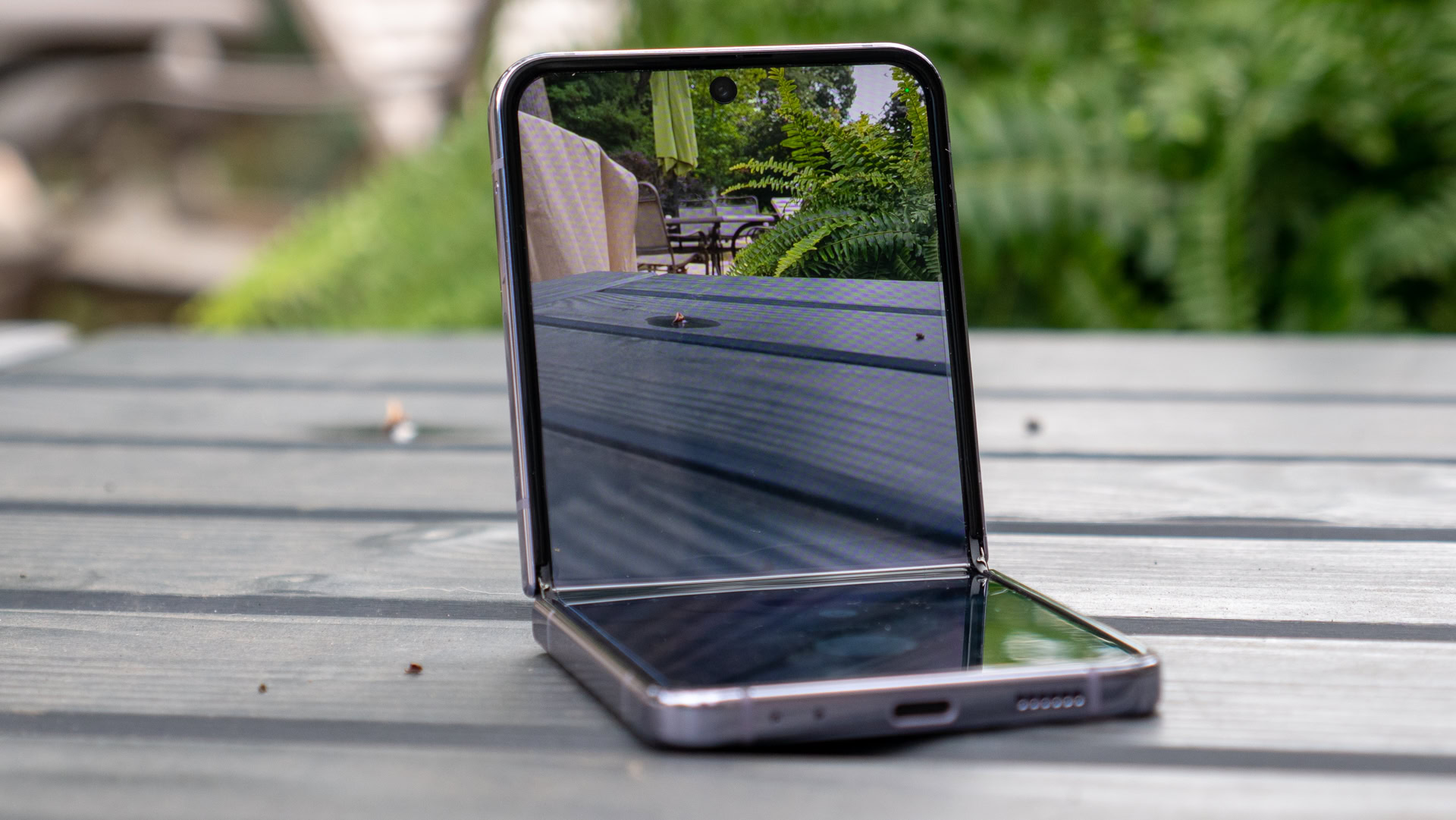[ad_1]
Click here to sign up to our free newsletters!
One of the very best regions in the UK to capture the night skies is the Cairngorms and here is the heavenly proof.
Talented award-winning photographer Graham Hazlegreaves has shared with the Strathy some of his stunning images which, incredibly, were taken from his back garden in Boat of Garten.
Graham has captured these photographs of the hidden beauty of the universe using his technical know-how and specialist astrophotography camera equipment.
Of course it helps to know where to look – the sun and moon can’t exactly be missed and several of the Solar System’s planets are easy enough to see but pretty much everything else is not visible to the naked eye other than as pin pricks in the vast sky given the unimaginable massive distances from the earth.
Some of the galaxies are millions of light years away.
Graham said: “We are blessed in the Badenoch and Strathspey area with dark skies which allow the beauty of the night sky to be visible to us.
“I remember when, as a child, growing up on the Wirral seeing dark skies full of stars.
“My imagination was captured by the Apollo Missions and especially the moon landings.
“I was fascinated by science and nature and through my photography I see the world and space in a new light.”
Graham added: “My astrophotography journey started about three years ago when I mounted my camera and 400mm lens on a tripod and captured my first image of the Orion Nebula in the constellation of Orion, the Hunter.
“The image showed a blue–purple image of the nebula.
“It wasn’t much to look at but it inspired me to find out more about astrophotography.
“I made baby steps with my digital camera and progressed onto a tracking mount that allowed me to capture longer exposures which allowed me to capture more details in the nebulae.
“Eventually I progressed to my current equipment.”
The professionally trained photographer capture all sorts of the images of the natural world which he said ‘for me covers just about everything between macrophotography and astrophotography’.
The technical part
Graham’s main telescope is a William Optics Zenithstar 61 II and Achromatic Refractor. Attached to it is a specialist astrophotography camera, the ZWO 294 MC Pro, it is a one-shot colour camera.
The smaller telescope mounted piggy-back on the Z61 is a William Optics Guide scope with a ZWO 290mm mono camera.
The rig is mounted on equatorial mount which ,in concert with the guide scope and camera, tracks the target very accurately accounting for the rotation of the earth.
The system is orchestrated by a minicomputer enabling Graham to take very long exposures of the order of five to 10 minutes.
Graham explains: “Long exposure times are needed to capture the very low levels of light reaching the camera from deep space.
“I capture a series of exposures and in bespoke software I integrate the images producing a detailed image of a faint nebula and galaxies many hundreds, thousands, and in the case of galaxies, millions of light years distant from earth.”
A bit of explanation
Put simply, a nebula is a giant cloud of dust and gas in space.
A galaxy can have millions or billions of stars.
The nearest large galaxy to earth, Andromeda, is 2.5 million light-years away. So, we see Andromeda as it was 2.5 million years in the past.
The universe is filled with billions of galaxies.
Looking to the future
Graham said: “My journey into astrophotography has been one of discovery and wonderment which has clearly been helped by the dark skies we enjoy over the strath.
“But we should not take those skies for granted and we should strive to use lighting systems that do not pollute the night sky.
“If we can protect the night skies, then further generations may well be inspired by the marvels that exist in the universe.”
• All images are copyright to Graham Hazelgreaves. If you would like to see more of hiss stunning work check out his website at https://ghazlegreaves.myportfolio.com/
.
Do you want to respond to this article? If so, click here to submit your thoughts and they may be published in print.
[ad_2]
